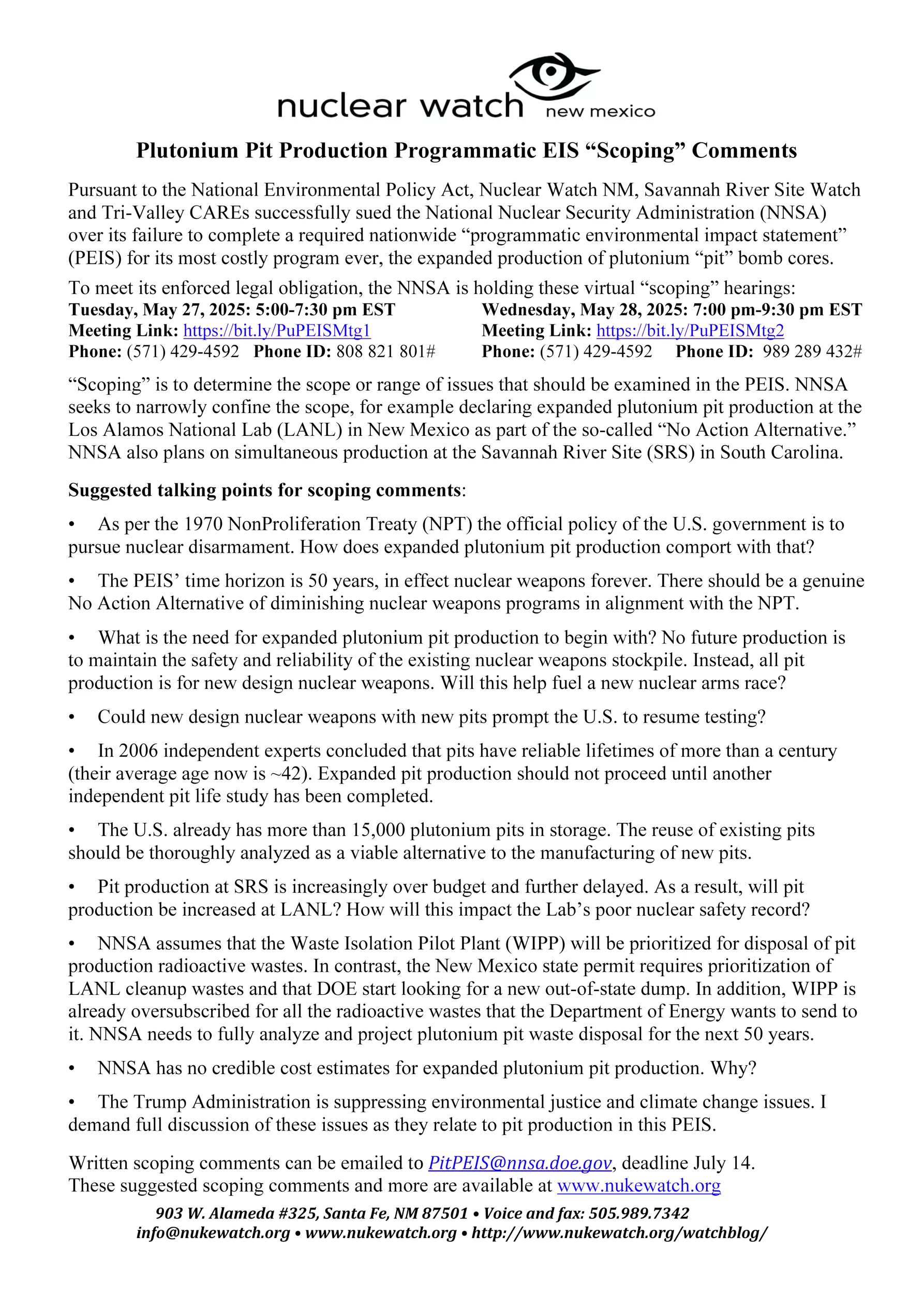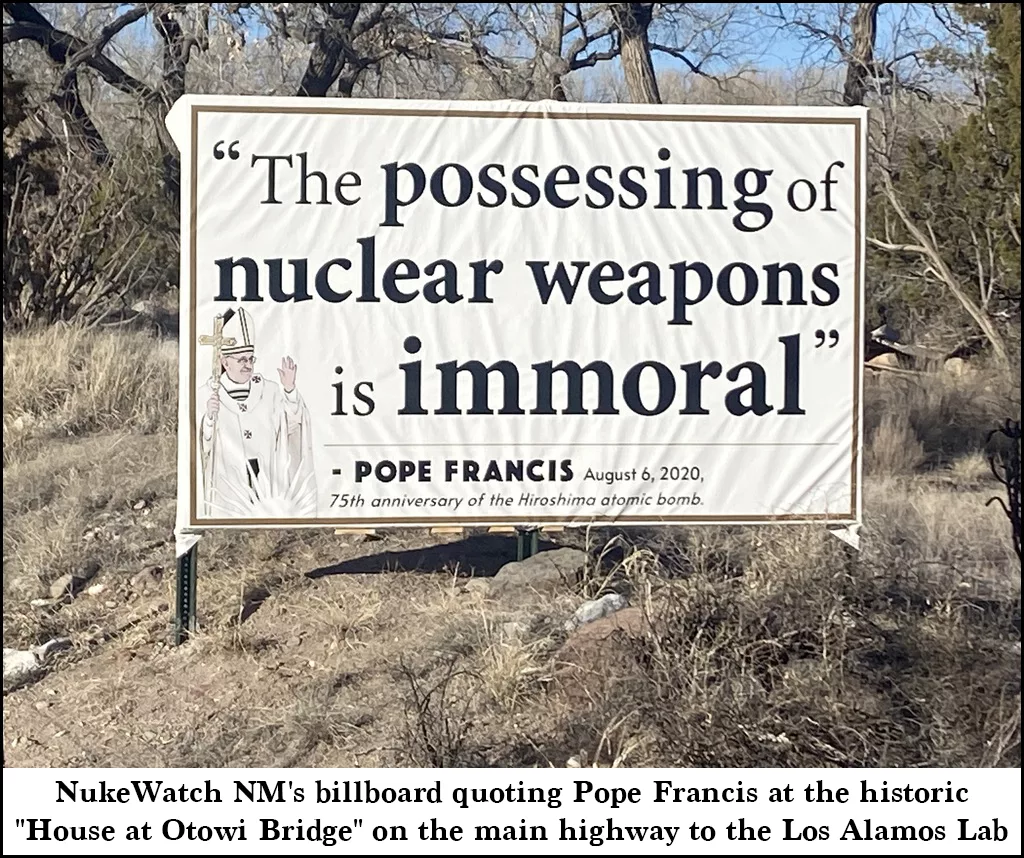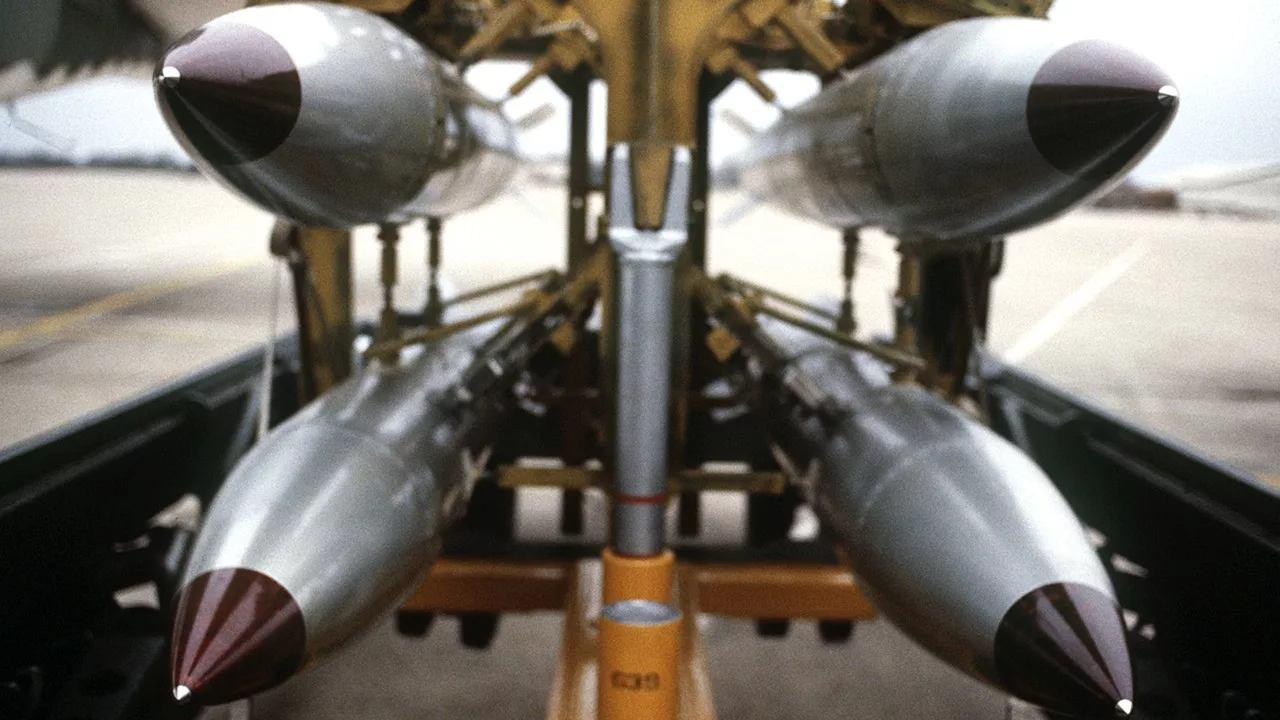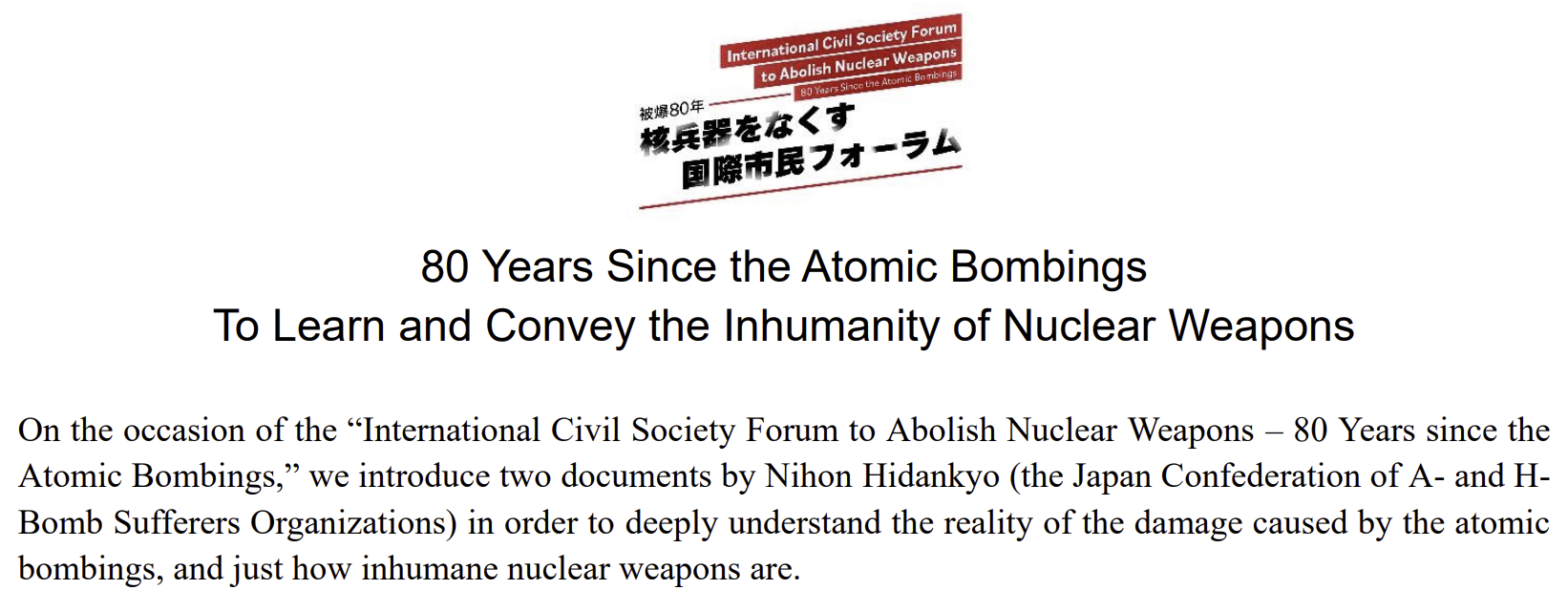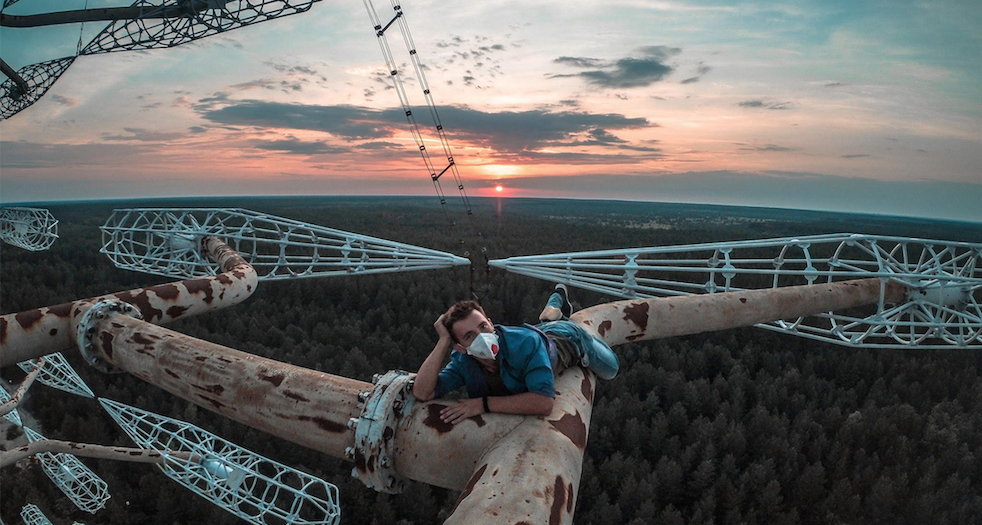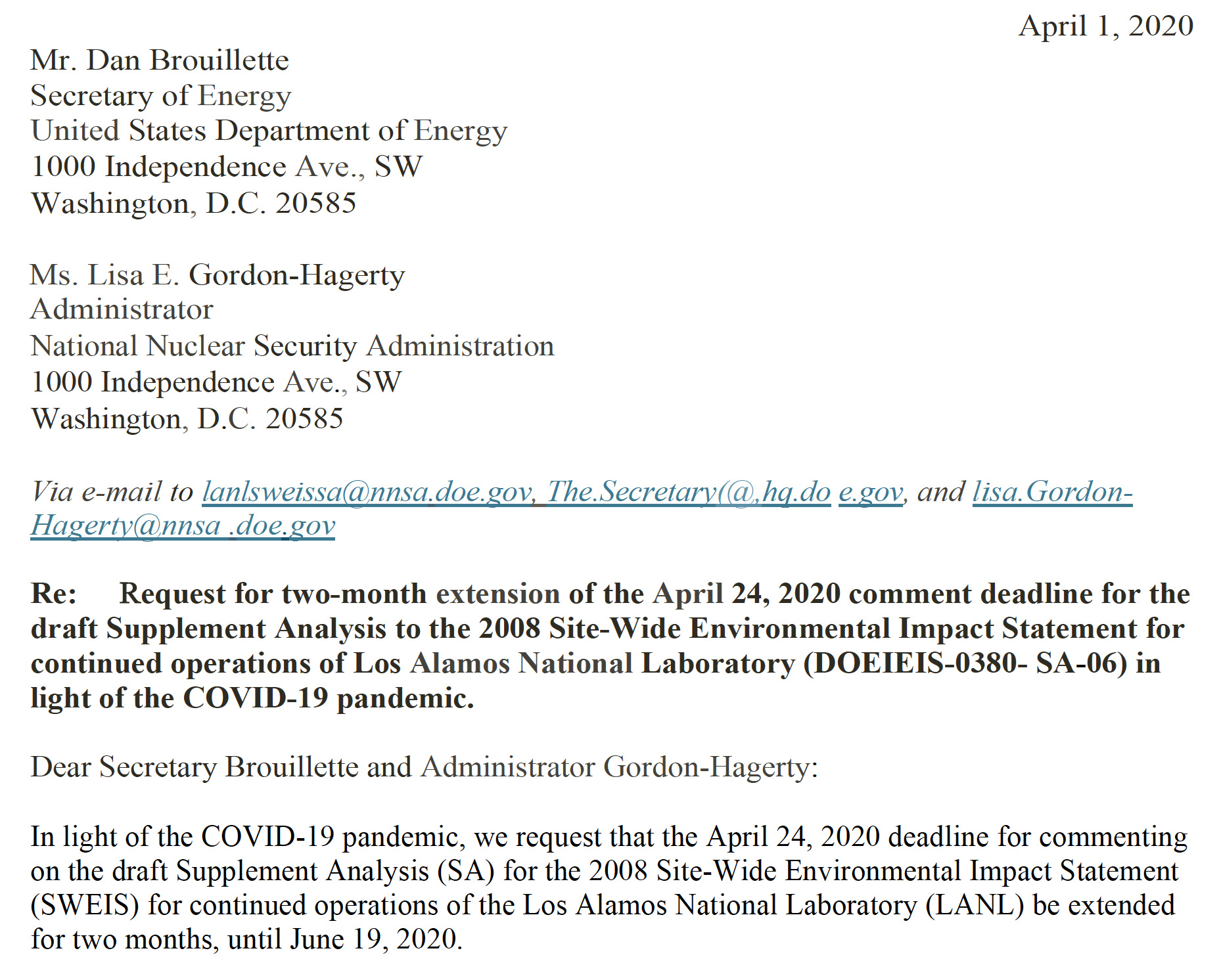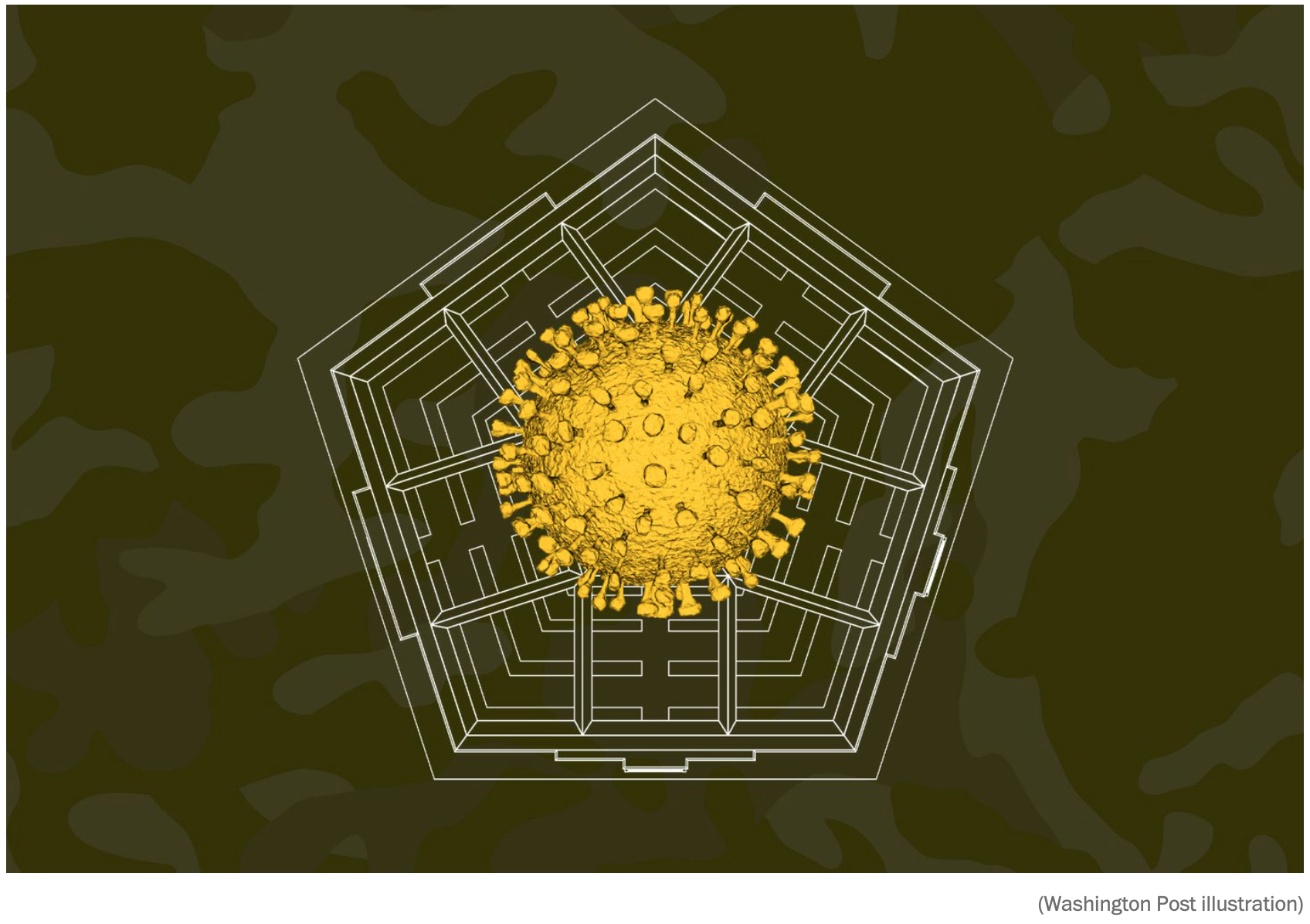Operation Crossroads: “The World’s First Nuclear Disaster”
“With Trump back in office, the recurring question of the need for nuclear weapons testing has resurfaced in the national security debate. Project 2025’s directive that the US return to ‘immediate test readiness’ raises further alarm, given the primacy of that document in Trump’s circle. The general uncertainty around current U.S. nuclear posture gives added weight to the historical importance of the atmospheric and underwater nuclear weapons tests conducted on the Bikini Atoll, recounted here by one of the leading advocates for public safety in the nuclear age. —Ed.”
By Robert Alvarez | Washington Spectator, National Security | May 29, 2025, washingtonspectator.com
Beginning in the late 1970’s, I was working for the Environmental Policy Institute around the time when atomic veterans started to descend on the nation’s capital. I would arrange meetings with Congressional offices, and the offices of both the Defense Nuclear Agency and Veterans Affairs, to enable the veterans to share their experiences and seek justice for being sent in harm’s way. About 250,000 soldiers, sailors, Marines, Coast Guard men, and airmen took part in atmospheric nuclear weapons tests from 1945 to 1963.
John Smitherman and Anthony Guarisco were 17- and 18-year-old sailors, respectively, in July of 1946, when they took part in “Operation Crossroads”—the first two nuclear weapons tests following World War II. These tests were conducted on the Bikini Atoll of the Marshall Islands and codenamed “Able” and “Baker.”
As a result of this extraordinary indifference to lethal danger, some 200 U.S. Navy ships were contaminated, and ships carrying radioactive fallout subsequently sailed to home ports in California. These ports are still being cleaned up today, nearly 80 years later. Glenn Seaborg, the chairman of the Atomic Energy Commission from 1961 to 1971, described the Baker test as “the world’s first nuclear disaster.”
Anthony and John were part of the U.S. Navy’s Pacific fleet involving 40,000 service men and 2,000 civilians. They along with others swam in the heavily contaminated Bikini Lagoon. When I met them in 1980, John was suffering from lymphatic cancer and Anthony from a severe form of spinal arthritis.
In March 1983, Anthony and his wife Mary showed up at my cluttered office and ceremoniously handed me a large stack of documents. They had just visited the UCLA library in Los Angeles and found boxes of forgotten, declassified documents belonging to Dr. Stafford Warren, the chief safety officer during both the Manhattan Project and the 1946 Crossroads tests.
Full Recording: First Scoping Hearing for NNSA’s Programmatic Environmental Impact Statement on Plutonium Pit Production
NEW Report on Plutonium Pit Production from the Union of Concerned Scientists
Today, UCS is releasing a comprehensive report on plutonium pit production. It includes a technical assessment of plutonium aging, a critical look at the weapons programs that new pits are slated for, and suggestions for alternatives, including pit re-use.
The final chapter of the study is on the human and environmental impacts of pit production and is intended as a tool for local advocacy groups to deepen their own work around issues such as the programmatic environmental impact survey that has just kicked off.
Links to the report:
https://www.ucs.org/resources/plutonium-pit-production
Spanish language executive summary:
https://es.ucs.org/recursos/la-produccion-de-nucleos-de-plutonio
Plutonium Pit PEIS Scoping Hearing Presentation: Slides and Recording
Get Prepared: A coalition of advocacy groups, including Union of Concerned Scientists, Tri-Valley CAREs, and NukeWatch New Mexico recently held a training to help participants prepare effective comments.
Watch the recording here
Password: gP=&0LYZ
Nuclear Weapons Issues & The Accelerating Arms Race: May 2025
Nuclear Weapons Budget:
• Republicans are pushing for $1 trillion per year for military spending. The fiscal 2026 budget request calls for $892.6 billion in discretionary defense funding — same as FY 2025 (and a cut given inflation). But they are also seeking $119.3 billion through budget “reconciliation.”
• Congressional Budget Office “Projected Costs of U.S. Nuclear Forces, 2025 to 2034,” April 2025:
“Costs of Current Plans: If carried out, DoD’s and DOE’s plans to operate, sustain, and modernize current nuclear forces and purchase new forces would cost a total of $946 billion over the 2025–2034 period, or an average of about $95 billion a year, CBO estimates… CBO’s current estimate of costs for the 2025–2034 period is 25 percent (or $190 billion) larger than its 2023 estimate of $756 billion, which covered the 2023–2032 period.” https://www.cbo.gov/system/files/2025-04/61224-NuclearForces.pdf
Separately it was reported that the twelve new Columbia class submarines will cost $12 billion each, three times more than their projected cost in 2010 and is years behind schedule.
Nuclear Weapons Update:
Nuclear weapons and delivery systems would get an added $12.9 billion in the new reconciliation proposal. This includes $2 billion for sea-launched nuclear cruise missiles and $400 million for their warhead.
Accelerating Arms Race
• The current conflict between India and Pakistan is dangerous.
• 4-4-25 ExchangeMonitor: https://www.exchangemonitor.com/wrap-up-russias-modern-arsenal-and-nukes-in-ukraine-deputy-secretary-of-energy-hearing-rubio-japan-and-rok-in-brussels-more/
“Russia’s top commander in Ukraine Gen. Sergei Surovikin discussed using nuclear weapons to prevent Ukraine from advancing into Crimea in the fall of 2022, the New York Times said March 29. The Times cited U.S. intelligence reports…”
Lawsuit Compels Nationwide Public Review of Plutonium Bomb Core Production
AIKEN, S.C. — Today the National Nuclear Security Administration (NNSA), the semi-autonomous nuclear weapons agency within the Department of Energy, published a formal Notice of Intent in the Federal Register to complete a nationwide “programmatic environmental impact statement” on the expanded production of plutonium “pit” bomb cores. Pits are the essential radioactive triggers of modern nuclear weapons. The NNSA is aggressively seeking their expanded production for new-design nuclear weapons for the new nuclear arms race.
The South Carolina Environmental Law Project (SCELP) successfully represented the Gullah/Geechee Sea Island Coalition and Nuclear Watch New Mexico, Savannah River Site Watch and Tri-Valley Communities Against a Radioactive Environment in a legal challenge to NNSA’s attempt to improperly jump start dual site pit production. On September 30, 2024, United States District Court Judge Mary Geiger Lewis ruled that the NNSA had violated the National Environmental Policy Act (NEPA) by failing to properly consider alternatives before proceeding with its plan to produce at least 30 pits per year at the Los Alamos National Laboratory (LANL) in New Mexico and at least 50 pits per year at the Savannah River Site (SRS) in South Carolina.
NNSA issues plans to assess pits environmental impact
“This programmatic environmental impact statement that we fought long and hard for empowers citizens to tell policy makers what they think about decisions being made in their name,” Jay Coghlan, from environmentalist group Nuclear Watch New Mexico, said Thursday in a press release by the plaintiffs of the case. “Let them know what you think about the $2 trillion ‘modernization’ program to keep nuclear weapons forever while domestic programs are gutted to pay for tax cuts for the rich.”
By ExchangeMonitor | May 9, 2025 exchangemonitor.com
On the heels of a federal judge’s ruling last fall, the Department of Energy’s National Nuclear Security Administration formally announced plans Friday for a detailed review of environmental impacts of planned plutonium pit production.
DOE’s semi-autonomous National Nuclear Security Administration (NNSA) announced in the Federal Register it is kicking off a programmatic environmental impact statement EIS to ensure that large-scale pit production will comply with the National Environmental Policy Act (NEPA).
According to the Federal Register notice, NNSA will hold public meetings and public hearings as part of the process.
Two online public scoping meetings are now scheduled for May 27 and May 28. The May 27 session would commence at 5 p.m. Eastern Time while the May 28 one is scheduled to start at 7 p.m. Eastern. Both can be accessed online or by phone. Details can be found in the Federal Register notice.
A federal district judge ruled last September that DOE and NNSA did not adequately analyze the environmental effects of producing the radioactive cores that trigger nuclear weapons in two different states, but declined to put the pit program, including construction of the Savannah River Plutonium Processing Facility at Aiken, S.C.’s Savannah River Site on hold as a result. In January, the federal government and the plaintiffs, consisting of environmentalists, settled the lawsuit and agreed to leave Los Alamos National Laboratory as the sole pit factory until NNSA completes a nationwide, NEPA-compliant programmatic EIS.Continue reading
US nuclear firm ‘utterly crucial’ to national security expands East Tennessee operations
“Which company produces uranium fuel for U.S. Navy nuclear reactors and manages the only plant where the government disassembles atomic warheads? What about the company helping NASA to develop a nuclear rocket, all while building small modular reactors and developing a pilot plant to restart uranium enrichment for the military?”
By Daniel Dassow, Knoxville News Sentinel | May 5, 2025 newsbreak.com
It’s all the same answer: BWX Technologies , the $2.7 billion juggernaut better known as BWXT has embedded itself in every kind of nuclear project imaginable with a strong and growing presence in East Tennessee, where 1,100 employees at its Nuclear Fuel Services plant in Erwin “downblend” bomb-grade uranium. The facility also creates fuel for the nuclear reactors aboard U.S. Navy submarines and aircraft carriers.
The region is even more important to BWXT after it bought a specialized facility in Jonesborough and 97 acres in Oak Ridge for a centrifuge enrichment project the company says will create hundreds of jobs through millions of dollars in investments.
“We have availed ourselves as a key player in just about every interesting nuclear opportunity that you can think of,” BWXT President and CEO Rex Geveden told Knox News. “We’re all over it.”
BWXT is part of the team led by the Tennessee Valley Authority to build the first small modular nuclear reactors in the U.S. at the federal utility’s Clinch River Nuclear Site in Oak Ridge .
It will manufacture the reactor pressure vessel, the largest component of the 300-megawatt reactor designed by GE Hitachi Nuclear Energy , for small modular reactors in the U.S. and Canada.
Curb the Skyrocketing Cost of U.S. Nuclear Modernization
“Since Russia and the United States agreed 15 years ago to modest nuclear reductions under the New Strategic Arms Reduction Treaty (New START), they also have embarked on extraordinarily expensive campaigns to replace and modernize every component of their respective nuclear arsenals to maintain force levels and provide the option to build up.”
By Daryl G. Kimball, Arms Control Today | May 1, 2025 newsbreak.com
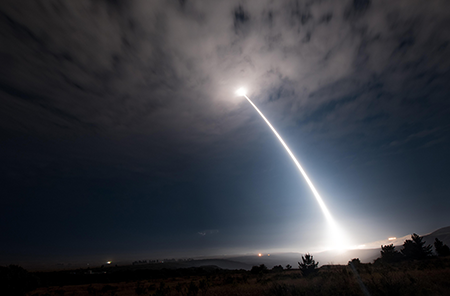
At the same time, their leaders have failed to resolve disputes about existing treaties or launch new negotiations to limit or further cut their deadly arsenals below the New START ceiling of 1,550 deployed nuclear warheads and 700 strategic missiles and bombers each.
In 2018, shortly after he withdrew the United States from the Intermediate-Range Nuclear Forces Treaty, U.S. President Donald Trump foolishly bragged about the nuclear stockpile that “until people come to their senses, we will build it up. It’s a threat to whoever you want, and it includes China, and it includes Russia, and it includes anybody else that wants to play that game.”
China has responded to U.S. nuclear and conventional military plans by pursuing a buildup of its historically “minimal” nuclear force to ensure that it retains an assured “second strike” capability. Russia has continued to develop new types of intermediate range missiles, as well as some new and exotic strategic systems designed to bypass U.S. missile defense capabilities.
Successive presidential administrations and congresses have failed to seriously consider alternatives that would have reduced costs and still maintained a devastating nuclear force.
Now, the cost of the U.S. nuclear modernization program is skyrocketing even further, siphoning resources from other more pressing human needs and national security priorities.
In April, the Congressional Budget Office issued its latest 10-year cost projection of the departments of Defense and Energy plans to operate, sustain, and modernize existing U.S. nuclear forces and purchase new forces: a total of $946 billion in the 2025-2034 period, or about $95 billion per year.
This new estimate is 25 percent, or $190 billion, greater than the last CBO estimate of $756 billion, which covered the 2023-2032 period. Incredibly, the $946 billion estimate does not include all of the likely cost growth of the new Sentinel intercontinental ballistic missile program, which the Pentagon acknowledged in July 2024 would cost 81 percent, or $63 billion, more than the program’s baseline estimate of $78 billion, generated in 2020.
Find Out the Facts & Sign the Petition: Why NMED Should Deny LANL’s Request for Tritium Releases
Why NMED Should Deny LANL’s Request for Tritium Releases
The Los Alamos National Laboratory plans to begin large releases of radioactive tritium gas any time after June 2, 2025. The only roadblock to the Lab’s plans is that it needs a “Temporary Authorization” from the New Mexico Environment Department to do so.
Reasons why NMED should deny LANL’s request are:
- The state Environment Department has a duty to protect the New Mexican As it states, “Our mission is to protect and restore the environment and to foster a healthy and prosperous New Mexico for present and future generations.” 1
- Why the rush? LANL explicitly admits there is no urgency. According to the Lab’s publicly-released “Questions and Answers” in response to “What is the urgency for this project?”
“There is no urgency for this project beyond the broader mission goals to reduce onsite waste liabilities.” 2
-
- In addition, the National Nuclear Security Administration (NNSA) admits that the end time frame for action is 2028, not 2025.3 Therefore, there is time for deliberate consideration.
- Contrary to NMED’s Resource Conservation and Recovery Act permit for LANL, the Lab has not fulfilled its duty to inform the public via NMED of possible alternatives to its planned tritium releases.4 According to Tewa Women United, “LANL has told EPA there are 53 alternatives; that list of alternatives, initially requested in 2022, has not yet been Tewa Women United has repeatedly asked LANL to provide the public with that list.” 5
University of New Mexico to host exhibit on nuclear history, technology, weapons
ALBUQUERQUE, N.M. (KRQE) — A provocative international exhibit will open soon at the University of New Mexico. “the bomb” is an immersive, multi-media installation exploring the history, technology, and threat of nuclear weapons.
By Nicole Sanders, KRQE | April 22, 2025 krqe.com
The installation includes an hour-long film projected on 45 screens conveying the hidden chaos and danger of the nuclear age. The experience is coming to UNM from April 30 to May 30. The full schedule at Zimmerman Library is available below:
- Wednesday, April 30
- Friday, May 2, 2025
- Friday, May 9, 2025
- Friday, May 16, 2025
- Friday, May 23, 2025
- Friday, May 30, 2025
Formal Comments on the Draft Site-Wide Environmental Impact Statement for Continued Operation of the Los Alamos National Laboratory
The National Environmental Policy Act requires the Los Alamos National Laboratory to periodically prepare a new “Site-Wide Environmental Impact Statement (SWEIS) for Continued Operations.”
Please use NukeWatch NM’s recent extensive comments on the Lab’s new draft SWEIS as a resource and citizens’ guide to Lab issues.
Did you know, for example, that:
• LANL’s nuclear weapons production budget has doubled over the last decade?
• The Lab’s so-called cleanup plan is to “cap and cover” some 200,000 cubic yards of radioactive and toxic waste, leaving them permanently buried as a perpetual threat to groundwater?
• There is a planned intentional release of up to 30,000 curies of radioactive tritium gas, all without a public hearing?
Use our lengthy formal comments as a starting point, toolkit or resource for dissecting ongoing and future issues at LANL!
We encourage you to use our comments to ask for follow-up info, either from us here at NukeWatch or from the Lab, and to demand better accountability and transparency! Use as background or briefing material for local and congressional advocacy.
For example:
- Cite or excerpt our comments in future public processes under the National Environmental Policy Act. For example, we are expecting that a nationwide programmatic environmental impact statement for plutonium “pit” bomb core production will be announced soon, the result of a lawsuit in which NukeWatch led.
- Share with those organizing around stopping expanded plutonium pit production and advocating for genuine radioactive and toxic wastes cleanup.
- Learn about LANL’s proposed electrical transmission line across the environmentally and culturally sensitive Caja del Rio and alternatives that were not considered.
- The National Environmental Policy Act itself is under assault by the Trump Administration. We expect environmental justice and climate change issues to be stripped from LANL’s final Site-Wide Environmental Impact Statement. This needs to be resisted!
NukeWatch NM argued that the draft SWEIS should be withdrawn and a new one issued because:
• The NNSA has rigged the draft LANL Site-Wide EIS with three self-serving scenarios:
– Expanded nuclear weapons programs (contradictorily called the “No Action Alternative”).
– Yet more expanded nuclear weapons programs (“Modernized Operations Alternative”).
– Yet far more expanded nuclear weapons programs (“Expanded Operations Alternative”).
• A Reduced Operations Alternative must be included.
• The SWEIS’ fundamental justification for expanded nuclear weapons programs is “deterrence.” But “deterrence” has always included nuclear warfighting capabilities that could end human civilization overnight.
• The SWEIS purports to align with U.S. obligations under the 1970 NonProliferation Treaty. That is demonstrably false.
• Future plutonium pit production is NOT to maintain the safety and reliability of the existing nuclear weapons stockpile. Instead, it is for new-design nuclear weapons that could lower confidence in stockpile reliability and/or prompt a return to testing.
• The SWEIS’ No-Action Alternative violates the National Environmental Policy Act (NEPA).
• The legally required programmatic environmental impact statement on pit production should be completed first, followed by the LANL SWEIS.
• Plutonium pit reuse should be analyzed as a credible alternative to pit production.
• A recent proposal for a data center at LANL is not in the SWEIS. It raises huge issues of future water and electrical use, the appropriateness of commercial interests at a federal lab, and the possible fusion of artificial intelligence and nuclear weapons command and control.
• Recent Executive Orders could strip the final SWEIS of environmental justice and climate change analyses. This must have clarification.
• Planned tritium releases should be fully analyzed.
• The Electrical Power Capacity Upgrade should be analyzed will all credible alternatives.
• The proposed BioSafety Level-3 facility must have its own standalone EIS.
• All Defense Nuclear Facilities Safety Board concerns should be addressed and resolved.
• Genuine comprehensive cleanup should be a preferred alternative.
• A new SWEIS should follow a new overdue Probabilistic Seismic Hazard Analysis.
Nuclear Weapons Issues & The Accelerating Arms Race: April 2025
Nuclear weapons
Air Force Weighs Keeping 1970s-Era Missiles Until 2050
The US Air Force is considering contingency plans that would extend the life of 1970s-era intercontinental ballistic missiles by 11 more years to 2050 if delays continue to plague the new Sentinel models intended to replace them. The current plan is to remove all 400 Minuteman III ICBMs made by Boeing Co. from silos by 2039… The Sentinel was projected last year to be deployed starting in May 2029. The first test flight was once projected for December 2023, but fiscal 2025 budget documents indicated a slip to February 2026.
The estimated cost of the new Sentinel intercontinental ballistic missiles (ICBM), originally at ~$110 billion, is now north of $180 billion. And this is before recognition of the immensity of supplying new command and control communications and recent consideration that its hardened silos may have to be replaced. IMHO it’s a propitious time to argue again for eliminating the land-based ICBM leg of the Triad. After all, one of its stated purposes is to act as a “nuclear sponge” for incoming Russian warheads. The odds of that are not zero and may increase if ICBMs are uploaded with multiple warheads after the New Strategic Arms Reduction Treaty expires in February 2026. More temptation for a preemptive first strike.
Calls to restart nuclear weapons tests stir dismay and debate among scientists
By Emily Conover, Science News | March 27, 2025 sciencenews.org
When the countdown hit zero on September 23, 1992, the desert surface puffed up into the air, as if a giant balloon had inflated it from below.
It wasn’t a balloon. Scientists had exploded a nuclear device hundreds of meters below the Nevada desert, equivalent to thousands of tons of TNT. The ensuing fireball reached pressures and temperatures well beyond those in Earth’s core. Within milliseconds of the detonation, shock waves rammed outward. The rock melted, vaporized and fractured, leaving behind a cavity oozing with liquid radioactive rock that puddled on the cavity’s floor.
As the temperature and pressure abated, rocks collapsed into the cavity. The desert surface slumped, forming a subsidence crater about 3 meters deep and wider than the length of a football field. Unknown to the scientists working on this test, named Divider, it would be the end of the line. Soon after, the United States halted nuclear testing.
Beginning with the first explosive test, known as Trinity, in 1945, more than 2,000 atomic blasts have rattled the globe. Today, that nuclear din has been largely silenced, thanks to the norms set by the Comprehensive Nuclear-Test-Ban Treaty, or CTBT, negotiated in the mid-1990s.
Only one nation — North Korea — has conducted a nuclear test this century. But researchers and policy makers are increasingly grappling with the possibility that the fragile quiet will soon be shattered.
Some in the United States have called for resuming testing, including a former national security adviser to President Donald Trump. Officials in the previous Trump administration considered testing, according to a 2020 Washington Post article. And there may be temptation in coming years. The United States is in the midst of a sweeping, decades-long overhaul of its aging nuclear arsenal…
Nuclear Nightmare: Meet America’s New B61-12 Gravity Bomb
What makes the B61-12 particularly impressive is the bomb’s ability to adjust its destructive yield depending on the operational conditions and demands.
By Stavros Atlamazoglou, National Interest | March 26, 2025 nationalinterest.org
Over the past months, the U.S. Air Force added another potent weapon to its arsenal: a new nuclear bomb, having recently completed production at Sandia National Laboratories in Albuquerque, New Mexico.
The B61-12 nuclear gravity bomb achieved full system production recently and is now fully operational. The nuclear bomb is one of the most versatile munitions of its type in the world, and a useful addition to the U.S. military’s nuclear deterrent capabilities.
The B61-12’s Unique Variable Yield Design
Sandia, one of the three main research and development laboratories for nuclear munitions, completed the production of the B61-12 nuclear gravity bomb. The nuclear munition is now fully operational.
What makes the B61-12 particularly impressive is the bomb’s ability to adjust its destructive yield depending on the operational conditions and demands. Put simply, the B61-12 is four bombs in one. The nuclear munition can be adjusted to four different yields—0.3, 1.5, 10, or 50 kilotons. The difference in yields means that the B61-12 has tactical, operational, and potentially even strategic utility.
Eight decades of nuclear threats are too much
Santa Fe New Mexican: My View John C. Wester
By John Wester, The Santa Fe New Mexican | March 15, 2025 santafenewmexican.com
I am John C. Wester, Archbishop of Santa Fe. I’m speaking on behalf of my archdiocese, and the archbishop of Seattle, the bishop of Hiroshima, and the archbishop of Nagasaki. We take guidance from our Holy Father, Pope Francis, who has declared the very possession of nuclear weapons to be immoral. We pray for his health.
Two years ago, in Nagasaki, on the 78th anniversary of its atomic bombing, we Catholic leaders formally created the Partnership for a World without Nuclear Weapons. Our four dioceses include the birthplace of nuclear weapons, the most deployed weapons in the United States, and the only two cities that to date have suffered atomic bombings. We lend our voices in staunch support of the Treaty on the Prohibition of Nuclear Weapons, at this Third Meeting of State Parties.
In July 2017, the Vatican was the first nation-state to sign and ratify the treaty. We note that the nuclear weapons powers have never honored their long-held obligations, under the 1970 Non-Proliferation Treaty, to enter into serious negotiations leading to global nuclear disarmament.
In contrast, the entry into force of the ban treaty was a great step toward the light of peace. The nuclear armed states have a moral obligation to hear the voices of the majority of the world, and to listen to those who are threatened by annihilation, at the whim of any one of their nine leaders.
The New York Times: DOGE Cuts Reach Key Nuclear Scientists, Bomb Engineers and Safety Experts
“Firings and buyouts hit the top-secret National Nuclear Security Administration amid a major effort to upgrade America’s nuclear arsenal. Critics say it shows the consequences of heedlessly cutting the federal work force.”
“The department has said that most of the fired employees handled administrative and clerical tasks that were not critical to the agency’s operation. But an analysis of the internal documents by The Times, coupled with interviews with 18 current and former agency officials, shows that is not true for the bulk of people who took the buyout,”
By Sharon LaFraniere, Minho Kim and Julie Tate, The New York Times | March 17, 2025 nytimes.com
…The Times reports that many had top-secret security clearance, giving them access to information on how nuclear weapons are made.
North Korea vows to ‘strengthen’ nuclear capabilities, rejecting G7 call for denuclearization
“The G7 called on Friday for North Korea to “abandon” its nuclear program.”
By Kevin Shalvey, ABC News | March 17, 2025 abcnews.go.com
LONDON — North Korea on Monday vowed to “steadily update and strengthen” its nuclear capabilities, a firm rejection of the G7’s call for Pyongyang to “abandon” its nuclear ambitions.
The country’s Foreign Ministry said that its “nuclear armed forces will exist forever as a powerful means of justice which defends the sovereignty of the state, territorial integrity and fundamental interests,” according to the Korean Central News Agency, a state-run media outlet.
How nuclear deterrence in Europe may change
“What does nuclear deterrence look like in Europe now that NATO is unsure whether the U.S. will be a committed partner? NPR speaks with Paul Cormarie, analyst with the Rand Corporation.”
By A Martínez, NPR | March 17, 2025 abcnews.go.com
Russia’s president, Vladimir Putin, says he supports a 30-day ceasefire with Ukraine in theory. But he adds that Ukraine would need to accept further conditions before a deal could be finalized. Now, in the interim, European leaders are discussing ways to discourage future Russian aggression. French President Emmanuel Macron has proposed using France’s nuclear capabilities as a deterrent to Russian threats. But what does nuclear deterrence look like in Europe if NATO is unsure if the U.S. will be a committed partner?
Hanford nuclear site subcontractor, owner to pay $1.1M for COVID loan fraud
“The money was intended to retain and maintain payroll for Hanford site workers assigned to the nuclear reservation in Eastern Washington and also a few Department of Veterans Affairs workers during the COVID-19 pandemic.”
“Within 48 hours of BNL receiving the Paycheck Protection Program loan at least $453,000 had been spent to pay off Stevenson’s personal and family debts, according to an indictment.
That included $100,000 transferred to Stevenson’s father and $48,600 to a family trust, according to court documents.
Much of the rest of the money was used to pay off credit card debt, according to the indictment.
The federal government later forgave the loan, which cleared it from having to be repaid.
BNL and Stevenson later applied for and received another Paycheck Protection Program loan of nearly $820,000.”
By Annette Cary, Tri-City Herald (Kennewick, Wash.) (TNS), The Columbian | March 12, 2025 columbian.com
Mar. 11—A former Hanford nuclear site subcontractor and its owner will pay a total settlement of just over $1.1 million to resolve accusations they defrauded the federal government through a COVID pandemic loan program.
On Wednesday, U.S. Judge Stanley Bastian in Yakima sentenced BNL Technical Services, owned by Wilson Pershing Stevenson III, to pay nearly $494,000 restitution to the federal government, as proposed in a settlement agreement.
That is in addition to $611,000 Stevenson, of Nashville, Tenn., already agreed to pay in a civil settlement to resolve his liability in the case.
Nuclear Watch New Mexico and Santa Fe Archbishop John C. Wester Attend the Third Meeting of States Parties to the Treaty on the Prohibition of Nuclear Weapons
We had the honor of joining the Archbishop of Santa Fe, John Wester, in attending the third Meeting of States Parties to the Treaty on the Prohibition of Nuclear Weapons last week, March 3-7 in New York City. The archbishop gave mass to several different groups (see photos below) and spoke at the UN headquarters as part of Civil Society.
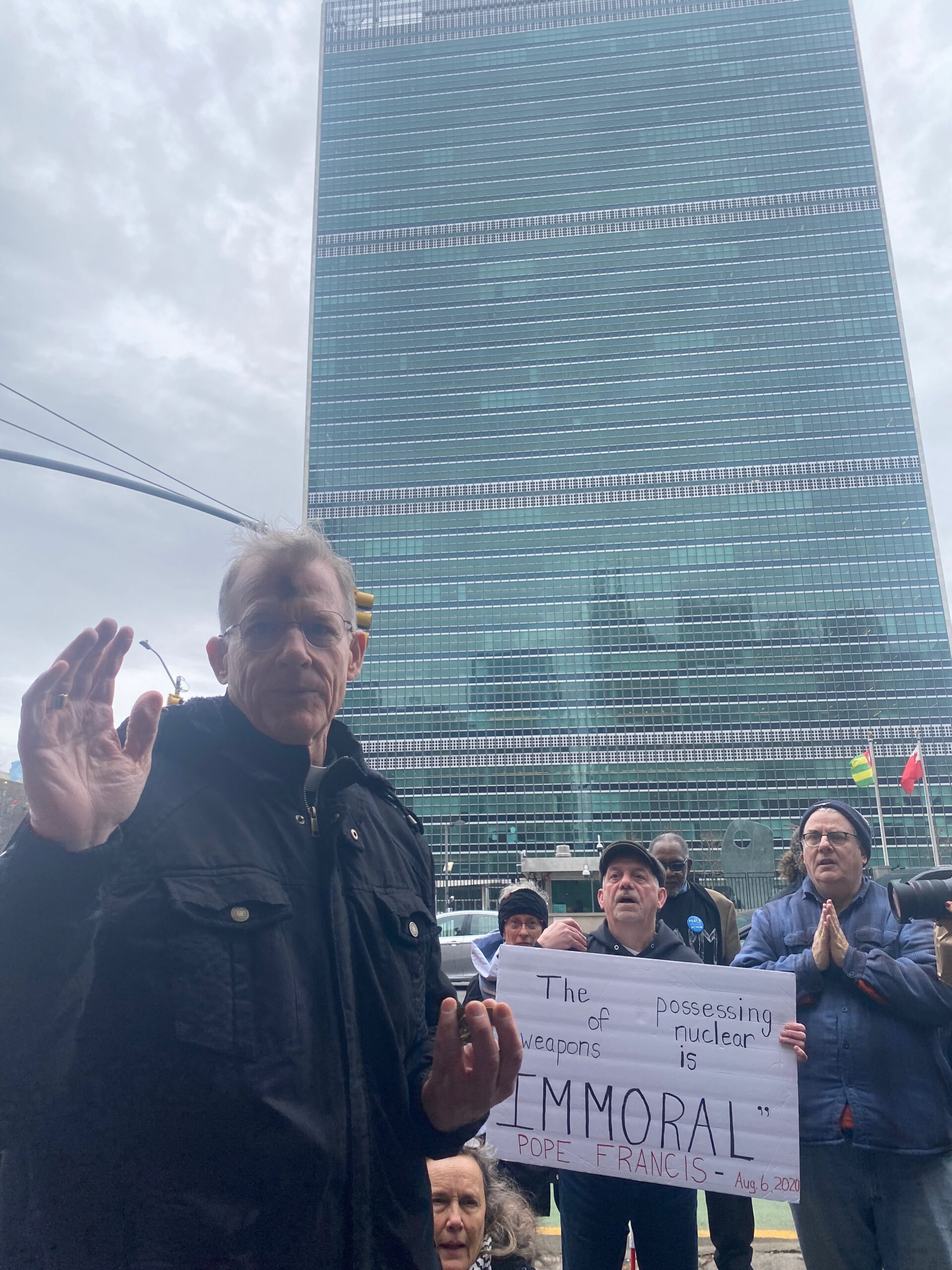
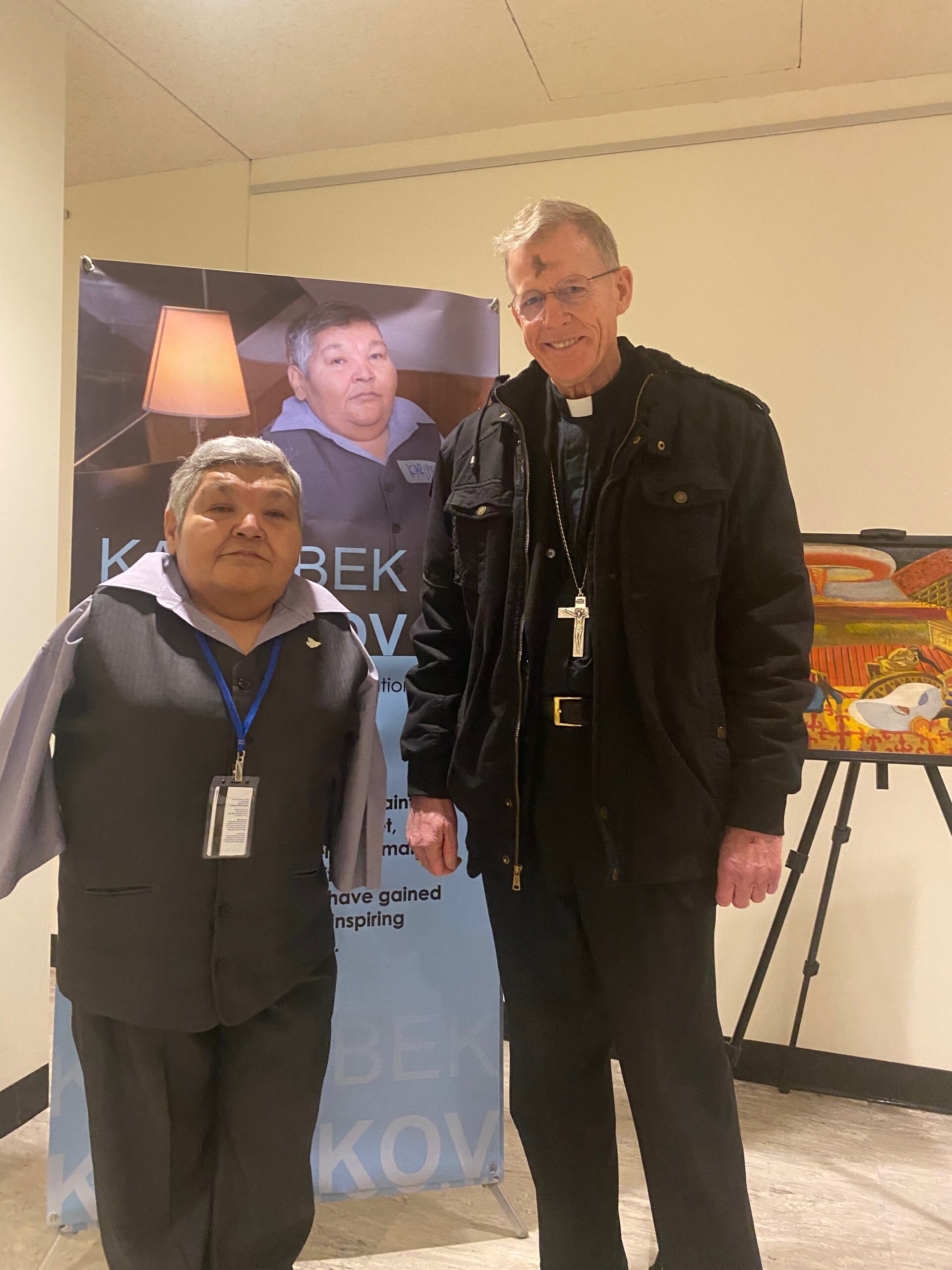
In New York City this week? Join Pax Christi members and friends at Mass with Archbishop John Wester (Santa Fe NM) on Tuesday, March 4, 6 pm, at the Church of Our Saviour, 59 Park Avenue at 38th Street. Use this link to RSVP. #TPNW #3MSP #nucleardisarmamentwww.dorothydayguild.org/WesterMass25
— Pax Christi USA (@paxchristiusa.bsky.social) 2025-03-03T16:35:50.942Z
Germany skips UN conference on banning nuclear weapons in New York
“Germany has decided not to take part in a UN conference in New York to review a landmark treaty on nuclear weapons prohibition.”
By dpa International | March 4, 2025 dpa-international.com
“The Treaty on the Prohibition of Nuclear Weapons dates back to a time before the Russian war of aggression against Ukraine,” the Foreign Office told dpa in Berlin on Tuesday. “The intention and ambition of the treaty no longer reflect the current reality in security policy.”
The treaty was signed in 2017 and came into force in 2021. There are currently 94 signatories and 73 states parties, according to the International Campaign to Abolish Nuclear Weapons (ICAN).
Germany does not possess nuclear weapons but is allied with three nuclear powers in NATO: the United States, France and the United Kingdom.
Berlin is not a signatory to the prohibition treaty, but it participated in previous conferences as observers.
Brief Analysis of Today’s U.S. Supreme Court Oral Arguments on the Illegality of Licensing Radwaste Dumps in TX and NM
Today the United States Supreme Court heard arguments in the case of the Nuclear Regulatory Commission vs. Texas. At issue is whether the NRC exceeded its authority when it approved licenses for proposed “consolidated interim storage facilities” for high-level radioactive waste, and this includes highly irradiated “spent” fuel from nuclear power plants.
Two consolidated interim storage facilities are planned for western Texas and southeastern New Mexico. The Nuclear Waste Policy Act of 1982, as Amended specifically prohibits private “interim” storage of federal spent nuclear fuel, and disallows the Department of Energy from taking title to the waste unless a permanent geologic repository is licensed, built and opened. The law intended to prevent private “interim” storage of federal radioactive waste because interim storage is much less robust than permanent storage, and would double the risk of accident or attack during transport, since consolidated “interim” storage means the waste has to be moved twice, once to the CISF and again to a permanent repository.
Broken arrows: The hidden secret behind America’s missing nuclear weapons
“Dedicated Navy divers, demolition teams, and high-powered sonar spent weeks searching the ocean floor and came up empty.”
By Kaif Shaikh, Interesting Engineering | March 3, 2025 interestingengineering.com
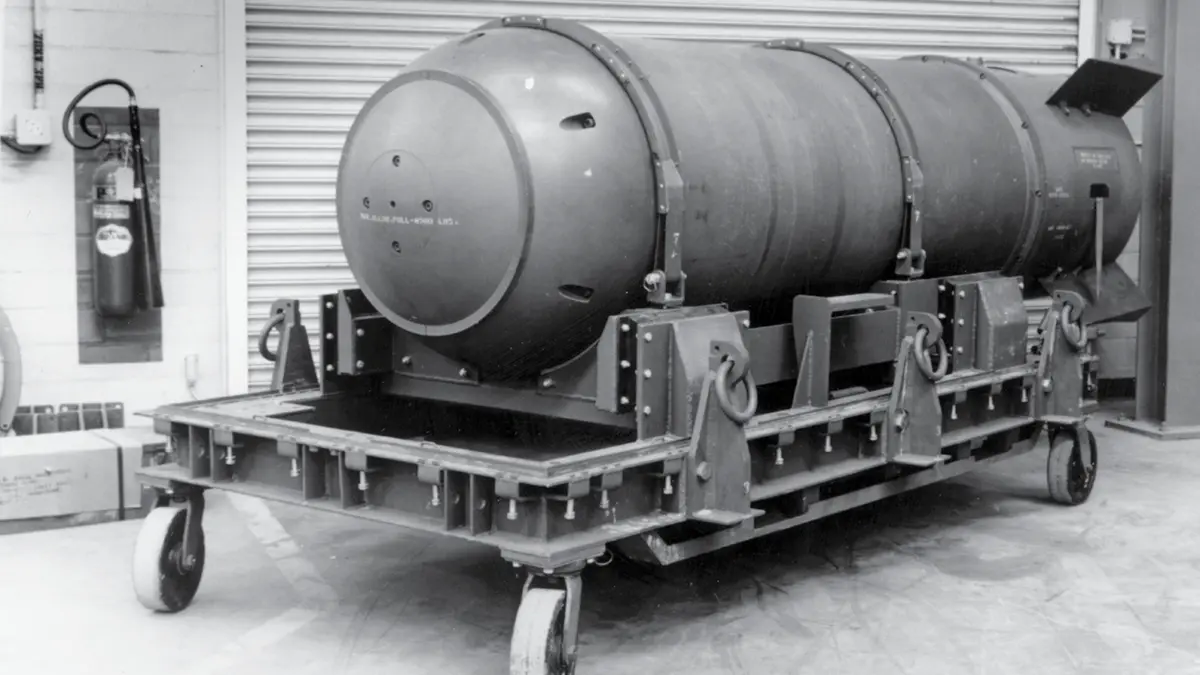
Throughout history, the idea of misplacing a nuclear weapon may sound like a plot twist in an espionage novel. The United States has experienced more than a handful of such incidents. Known as “Broken Arrows,” these events typically refer to any accidents involving nuclear weapons that do not pose an immediate risk of triggering a nuclear war.
For decades, details remained hidden behind top-secret clearances. However, unclassified records reveal that the U.S. military has had a surprising number of mishaps, with some bombs still unaccounted for to this day.
What are broken arrows?
The Department of Defense defines a “Broken Arrow” as any incident involving a U.S. nuclear weapon or warhead that results in accidental launching, firing, detonating, theft, or loss of the weapon. From 1950 to 1980, official sources cite 32 Broken Arrow incidents, but there may have been more, given the secrecy surrounding nuclear matters.
Christie Brinkley: Don’t let the US resume nuclear weapon tests that ended decades ago
“The United States and other nuclear powers are now moving closer to resuming nuclear weapons tests, decades after testing ended. This highly disturbing trend must be halted.”
By Christie Brinkley Special to The Kansas City Star Miami Herald | March 3, 2025 miamiherald.com
Since the atomic age, 2,056 nuclear weapons have been detonated, 528 of them above the ground. The United States and Soviet Union accounted for about 85% of these tests. The explosive power of atmospheric tests equaled 29,000 Hiroshima bombs. Airborne radioactive fallout circled the globe, re-entered the environment through precipitation, and entered human bodies through food and water.
Cold War bomb testing was part of a massive increase in the number of nuclear weapons, which peaked at more than 60,000. After nuclear war was barely avoided during the Cuban missile crisis, public pressure convinced leaders to ban all above-ground tests in 1963 — a treaty that has never been violated.
The test ban treaty was a huge achievement for peace, beginning eased tensions between nuclear nations. It also was a landmark for public health. A study by St. Louis residents and scientists found an enormous buildup of radioactive strontium-90 levels in baby teeth — 63 times higher in children born in 1963 compared to those born in 1950.
LISTEN LIVE TO U.S. SUPREME COURT ORAL ARGUMENTS ON THE ILLEGALITY OF LICENSING RADWASTE DUMPS IN TX AND NM
“The case pits the nuclear industry’s push for CISFs against the interests of fossil fuel companies which object to high-level radioactive waste dumped in their drilling/fracking areas, the state governments of Texas and New Mexico, which have passed laws prohibiting importation of nuclear waste to their states, and cities along the transport routes which object to it being shipped through their jurisdictions. Their amicus briefs in the case are posted here.”
For immediate release
MEDIA ALERT for Wednesday, March 5, 2025
WASHINGTON, D.C.,
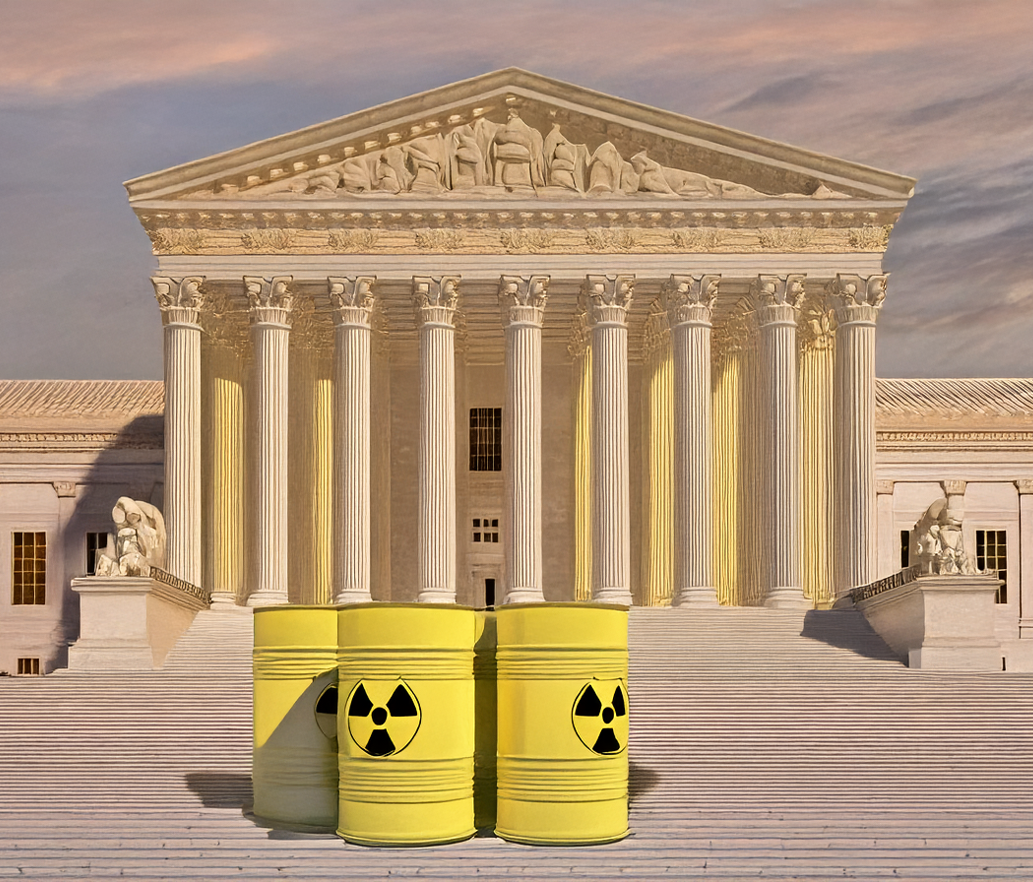 WHAT? Wednesday morning, March 5, the United States Supreme Court will hear oral arguments in Nuclear Regulatory Commission vs. Texas. At issue in the SCOTUS (Supreme Court of the U.S.) proceeding is whether the NRC exceeded its authority when it approved licenses for proposed “consolidated interim storage facilities” for high-level radioactive waste including highly irradiated “spent” fuel from nuclear power plants. Two CISFs are planned for western Texas and southeastern New Mexico. The Nuclear Waste Policy Act of 1982, as Amended specifically prohibits private “interim” storage of federal spent nuclear fuel, and disallows the Department of Energy from taking title to the waste (which would be necessary for DOE to transport it to CISFs), unless and until a permanent geologic repository is licensed, built and opened to receive the waste. The law intended to prevent private “interim” storage of federal radwaste, which is much less robust than permanent storage, and would double the risk of accident or attack during transport, since consolidated “interim” storage necessitates moving the waste twice, once to the CISF and again to a permanent repository. The NRC approved recent CISF license applications despite the law, saying it anticipated Congress would change it in the future. But the federal Fifth Circuit court ruled that the NRC didn’t have that authority. If the Supreme Court strikes that ruling down, it could open the floodgates for thousands of shipments of spent fuel from nuclear power plants across the US, through many states, to CISFs in Texas and New Mexico.
WHAT? Wednesday morning, March 5, the United States Supreme Court will hear oral arguments in Nuclear Regulatory Commission vs. Texas. At issue in the SCOTUS (Supreme Court of the U.S.) proceeding is whether the NRC exceeded its authority when it approved licenses for proposed “consolidated interim storage facilities” for high-level radioactive waste including highly irradiated “spent” fuel from nuclear power plants. Two CISFs are planned for western Texas and southeastern New Mexico. The Nuclear Waste Policy Act of 1982, as Amended specifically prohibits private “interim” storage of federal spent nuclear fuel, and disallows the Department of Energy from taking title to the waste (which would be necessary for DOE to transport it to CISFs), unless and until a permanent geologic repository is licensed, built and opened to receive the waste. The law intended to prevent private “interim” storage of federal radwaste, which is much less robust than permanent storage, and would double the risk of accident or attack during transport, since consolidated “interim” storage necessitates moving the waste twice, once to the CISF and again to a permanent repository. The NRC approved recent CISF license applications despite the law, saying it anticipated Congress would change it in the future. But the federal Fifth Circuit court ruled that the NRC didn’t have that authority. If the Supreme Court strikes that ruling down, it could open the floodgates for thousands of shipments of spent fuel from nuclear power plants across the US, through many states, to CISFs in Texas and New Mexico.
Expanded Plutonium “Pit” Bomb Production is Immoral – Spend Nuclear Weapons “Modernization” Money Ethically ELSEWHERE
Why the nation’s nuclear waste may eventually be headed to northwest Colorado
Nuclear waste is piling up at power plants around the country, and we have no idea where to put it. Many states are aggressively fighting plans for new storage facilities.
But northwest Colorado is quietly opening the door.
By In The NoCo, Scott Franz, Erin O’Toole, Brad Turner | February 22, 2025 kunc.org
KUNC’s investigative reporter Scott Franz recently traveled around rural Colorado talking with people about what nuclear waste storage could do for the local economy – and also interviewing folks who are dead set against that idea.
On this special edition of In The NoCo, we’ve combined all of Scott’s reporting from the past few months into a single episode. You can also see photos and check out more on this investigation.

Arms Control Association – Trump Regains Control Over Nuclear Policy: What’s Next?
It has been barely a month since Inauguration day, but it is apparent that Donald Trump is determined to reshape U.S. foreign policy, radically alter alliance relationships, and upend Washington’s approach toward key adversaries, like Russia, in ways that are not yet clear.
Arms Control Association | February 21, 2025 armscontrol.org
And here at home, Trump’s brash assertion of executive power is putting our nation’s democratic institutions and the rule of domestic law at risk, in part by altering or dismantling key government departments,agencies and functions, all without congressional approval.
All of this makes our mission to provide reliable information and sound policy solutions even more important and difficult.
The Arms Control Association has a clear and focused strategy to reduce the dangers posed by nuclear weapons and other WMD. Many of these priorities are outlined in this ACA-organized January 28 communication to all members of Congress that was endorsed by 16 of our partner organizations and leaders.
Like many others, however, we are still sorting out how to adjust to and contend with the post-Inauguration political dynamics.
But we must and we will, because critical, weapons-related security decisions lie ahead:
- So long as Russia’s assault on Ukraine continues, there is still a heightened risk of nuclear weapons use, and there are narrowing prospects for a deal to maintain limits on the U.S. and Russian nuclear arsenals after New START expires in one year.
- Although Trump has decried exorbitant military expenditures, the authors of Project 2025, the 920-page manifesto crafted by the Heritage Foundation and others, want the United States to spend even more than the current $756 billion ten-year price tag for nuclear modernization in order to increase the size and diversity of the U.S. arsenal. China and Russia are watching and will surely respond to any U.S. nuclear buildup.
- Project 2025 also calls for preparing to resume U.S. nuclear explosive testing for the first time since 1992. Should the United States do so, it would open the door to nuclear testing by other states, unravel the CTBT, and blow apart the global nonproliferation system at a time of increasing nuclear danger.
- Since Trump withdrew from the 2015 Iran nuclear deal, Tehran has expanded its capacity to produce weapons-grade nuclear material and reduced international inspectors’ access. Trump says he wants a nuclear deal; Iran’s president says he wants a nuclear deal. But time is short. Without a deal to scale back tensions and Iran’s nuclear capacity, we could see renewed international sanctions by October, Iranian withdrawal from the NPT, and/or an attempt by Israel to bomb Iran’s nuclear sites.
How exactly the second Trump administration and the new Congress will try to navigate all these nuclear-related challenges ahead is not yet clear — but if Project 2025 becomes the blueprint for U.S. nuclear weapons policy, we are in big trouble.
But, it may also be possible to steer us toward a safer course.
Trump wants to initiate denuclearization talks with Russia and China
On Thursday, President Donald Trump signaled that he wants to engage with Russia and China on denuclearization efforts.
By Erik English, BULLETIN OF ATOMIC SCIENTISTS | February 14, 2025 thebulletin.org
“There’s no reason for us to be building brand new nuclear weapons. We already have so many,” Trump said from the White House.
“You could destroy the world 50 times over, 100 times over. And here we are building new nuclear weapons, and they’re building nuclear weapons, and China’s building nuclear weapons.” The number of nuclear weapons the United States and Russia can have is established by New START, which expires in 2026. Without a new agreement, nuclear states could begin to build up their arsenals for the first time since the Cold War. “Hopefully, there’ll never be a time when we need those weapons,” Trump said. “That’s going to be a very sad day, that’s going to be probably oblivion.”
Share Your Experiences at Los Alamos National Laboratory
The New York Times would like to hear from you about workplace protocols and safety measures at LANL.
By Alicia Inez Guzmán | Alicia Inez Guzmán is reporting on the nuclear industry in New Mexico as part of The Times’s Local Investigations Fellowship – THE NEW YORK TIMES February 11, 2025 nytimes.com
More voices, better journalism. The questionnaire you are reading is just one tool we use to help ensure our work reflects the world we cover. By inviting readers to share their experiences, we get a wide range of views that often lead to a more deeply reported article. We make every effort to contact you before publishing any part of your submission, and your information is secure. Here’s more on how it works and why it’s good for us and you.
The Los Alamos National Laboratory (LANL) has recently embarked on the “new Manhattan Project” — a hiring spree and multibillion dollar expansion to build plutonium bomb cores for nuclear weapons.
The Times is writing about this new mission and how the lab is keeping workers safe, reporting accidents and environmental contamination and making needed upgrades to key facilities, including in Technical Area 55, the heart of bomb core production.
Have you or someone you know worked at TA-55 or another “hot site” and experienced a workplace accident or been exposed to plutonium, beryllium or another radioactive or toxic substance on the job? What safety measures were in place? Were there follow-up health assessments?
Please answer the questions using the form:
LANL Site-Wide EIS Hearings in Santa Fe and Los Alamos Filled with Loud Protest and Vehement Dissent: Nuclear Weapons are IMMORAL
In this Site-Wide EIS we’re given three options: Expanded nuclear weapons programs (hypocritically called the no action alternative), then we’re presented with yet more expanded nuclear weapons programs, and the third alternative is even more expanded nuclear weapons programs. What we really need is a genuine alternative in this Site-Wide, and I hope that citizens will repeatedly bring this up. We need a TRUE ALTERNATIVE in which the US begins to show global leadership towards nuclear disarmament that it promised to in the Non-Proliferation Treaty, and that should be reflected in the sitewide which shows just passive maintenance of the stockpile. We don’t need Pit Production because it’s for NEW designs – NOT to ensure the safety and reliability of the existing stockpile. The US, for our own national security and global security, we need to lead the world towards global nuclear disarmament – and this Site-Wide EIS does the opposite.
The hearings in Santa Fe and Los Alamos on February 11 and February 13, 2025, respectively, both had virtual participation options. The attendees online and in person were equally vehement in protesting the “rigged game” we’re given with this SWEIS and decrying the fact that there is no alternative besides increased nuclear weapons production.
And read an exceprt from the Archbishop of Santa Fe, John Wester’s comments:
“As we all know, we’re in an accelerating new nuclear arms race that’s made even more dangerous because of artificial intelligence, multiple nuclear actors and hypersonic delivery systems. It’s an already scary situation that has become even scarier, and what concerns me is that Los Alamos and Santa Fe play a key role in naturally fostering and promoting this new nuclear arms race – a race which I believe is an affront to all that is good and holy, all from our perspective that God has placed in us to live in harmony with one another. Nuclear weapons pose one of the greatest threats to that harmony. I think it’s important to know what I’m learning more and more about is that expanded plutonium pit production is not simply to maintain the safety and reliability of our existing so-called deterrence. I think it’s important that people are aware that it’s really for new design nuclear weapons for this new particular armed race. I think it’s important that that people recognize that deterrence is not the way to go. In that light, I would say obviously for me is a Catholic Bishop, Pope Francis I think has really changed the whole moral landscape of looking at nuclear weapons. On the 70th anniversary of the Hiroshima atomic bombing, Pope Francis declared that the very possession of nuclear weapons is immoral. As Catholics this was an extremely important shift there. The 1983 United states conference of Catholic Bishops did allow for deterrence – it was promoting disarmament but made caveats for deterrence. But Pope Francis has taken that off the table in saying that even possessing nuclear weapons is immoral, it’s unethical. One of the main reasons for this church’s shift on this was that the nuclear weapons powers really have failed in their pledge in 1970 when they joined the Non-Proliferation Treaty. The TPNW came about because of that failure, and so it seems to me then based on what Pope Francis said, that if possessing nuclear weapons is immoral, then expanding plutonium pit cores and modernizing our weapons systems in order to be more involved in the new nuclear arms race is also immoral. This policy is unethical. Now I want to be careful here, I am not saying that anyone working at Los Alamos or Sandia or Lawrence Livermore in California, I’m not judging them or saying there are immoral – that’s a different matter in one’s conscience. I’m saying that the policy is involved and the Pope said that nuclear weapons themselves are intrinsically immoral. I think that’s an important thing to keep in mind, that that we need to be moving toward disarmament and that if we’re not, if that’s not our trajectory, rather if it’s just to build up our defenses, then that’s an immoral buildup.”
Gearing Up for the Public Hearings on the LANL Draft Sitewide Environmental Impact Statement: Pit Production at LANL
“Nuclear Watch New Mexico hosted a workshop on February 6 on the newly released Draft Sitewide Environmental Impact Statement (SWEIS) for Los Alamos National Laboratory (LANL) to present information and elicit discussion on this NEPA process that Jay Coghlan, executive director of Nuke Watch, referred to as a “rigged game” at the beginning of the workshop. What that means will become evident as I review the part of the workshop I attended.”
By Kay Matthews, La Jicarita | February 7, 2025 lajicarita.wordpress.com
Archbishop John Wester, an outspoken critic of nuclear weapons proliferation under the guise of nuclear deterrence instead of disarmament spoke briefly to open the discussion. Quoting Pope Francis, he said, “possessing nuclear weapons is immoral.” He then said, “Pit production is immoral.” His only qualification is that it’s the policy that’s immoral, not the people who promote it. We’ve failed to uphold already existing treaties and failed to implement new ones. He’ll be going to the United Nations in March for a meeting, Treaty on the Non-Proliferation of Nuclear Weapons, and to Japan in August to meet with his partners in the World Without Nuclear Weapons.
Coghlan explained that next week the Department of Energy (DOE) and the semi-autonomous National Nuclear Security Administration (NNSA) will hold public hearings, as required by NEPA, on the LANL SWEIS, in Santa Fe, Española, and Los Alamos. He cautioned that while we should all be “cynical” about the process, we need to go ahead and protest the fact that all three alternatives provided in the SWEIS expand pit production, just at different amounts. The process is rigged because the DOE and NNSA failed to update a 2008 Environmental Impact Statement before pit production began at LANL (the other nuclear facility, the Savannah River Site in South Carolina, is slated to produce 50 pits a year but is completely unprepared for pit production).
The guest speaker was Dylan Spaulding, Senior Scientist for the Union of Concerned Scientists…
NukeWatch Los Alamos Lab Site-Wide EIS Workshop – February 6, 2025
Full Video Recording: NukeWatch Los Alamos Lab Site-Wide EIS Workshop |
NukeWatch Presentation: Los Alamos Lab Site-Wide EIS Workshop |
|---|---|
|
NukeWatch Los Alamos Lab Site-Wide EIS Workshop |
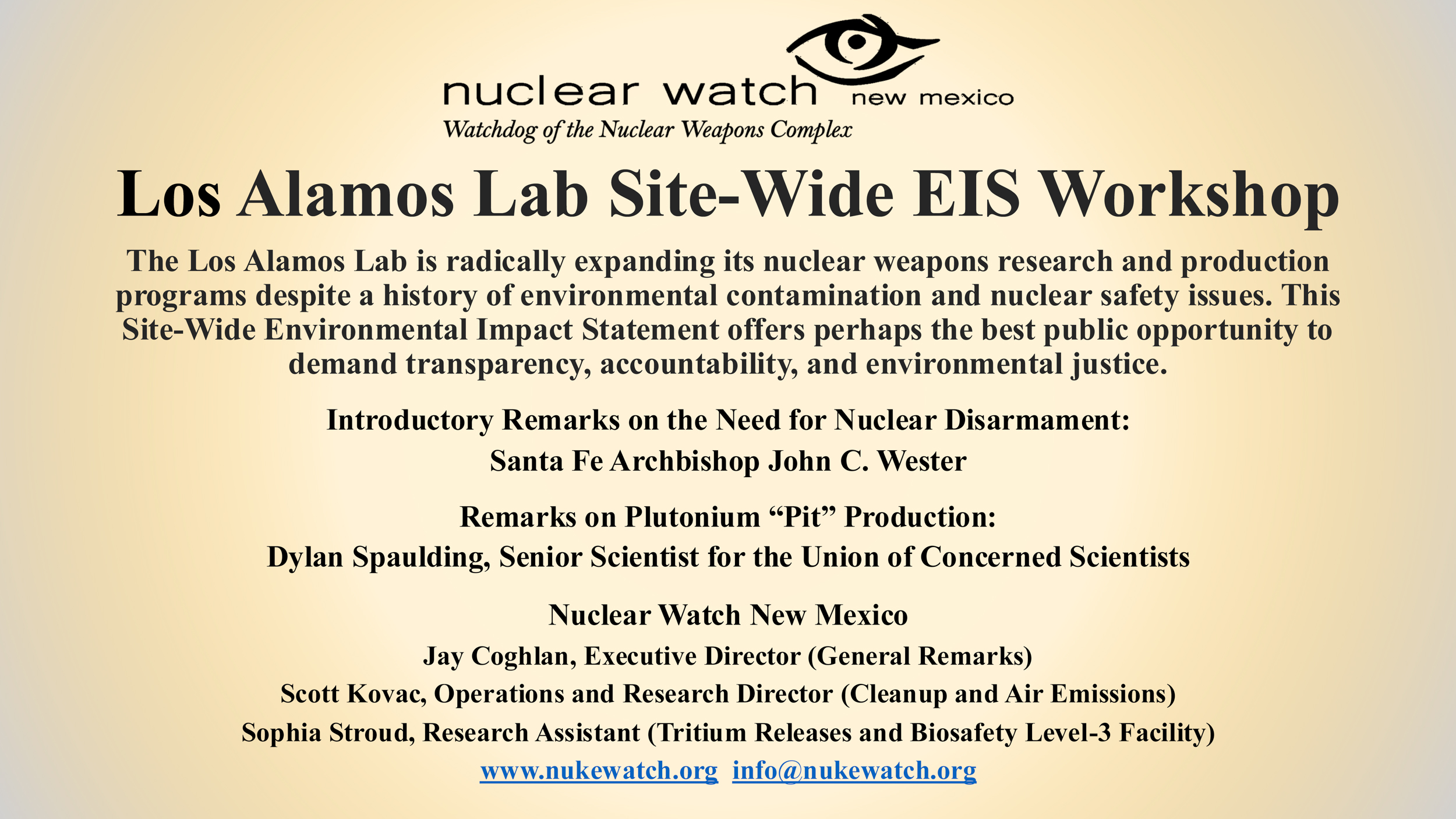 |
In Memoriam: Ken Mayers
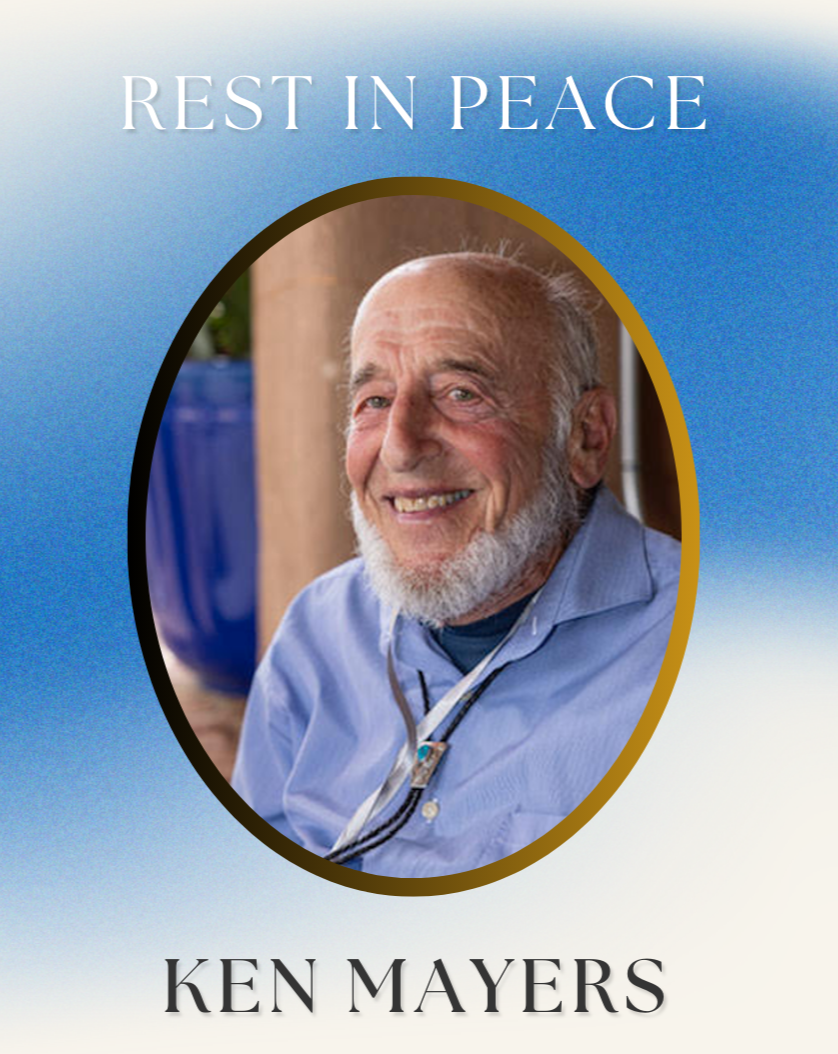 We here at NukeWatch will dearly miss Ken’s weekly presence at the corner vigil to protest Nuclear Weapons in Santa Fe.
We here at NukeWatch will dearly miss Ken’s weekly presence at the corner vigil to protest Nuclear Weapons in Santa Fe.
Locally, Ken was co-founder of the Santa Fe Chapter of Veterans for Peace and an active member of Santa Feans for Justice in Palestine. Ken worked with the local chapter of US Combatants for Peace and the Justice Council of the Unitarian Universalist Congregation in Santa Fe where he was also an enthusiastic baritone and co-founder of the NM Peace Choir.
A Celebration of Ken’s life will be held Friday, April 4 beginning at 12 noon at the corner of Sandoval and West Alameda, (Santa Fe’s weekly vigil to protest Nuclear Weapons), followed by lunch and a hybrid service at the UU Congregation, 107 West Barcelona Street, Santa Fe, NM.
For those wanting to pay tribute to Ken, please consider planting a tree through A Living Tribute (https://shop.alivingtribute.org/) or make a donation in his memory to the Santa Fe Joan Duffy Chapter of Veterans for Peace https://www.vfp-santafe.org/
Ken was a lifelong, passionate defender of peace. Read more:
Los Alamos’ plutonium pit production of 30 annually for Sentinel may have to wait beyond 2026
As the Department of Energy’s National Nuclear Security Administration awaits its marching orders from the President Donald Trump (R) administration, the Los Alamos National Laboratory is now saying it will get to an annual plutonium pit production goal of 30 “ASAP.”
Exchange Monitor | January 31, 2025 counterpunch.com
Such pits are the triggers for thermonuclear weapons…
Nuclear News Archive – 2022
“STALKING CHERNOBYL” Q&A EVENT ON APRIL 26
On Sunday, 26 April 2020 the UN-designated International Chernobyl Disaster Remembrance Day, “Stalking Chernobyl” director Iara Lee hosted a live online Q&A session moderated by Jodie Evans, CODEPINK founder, with:
• Cindy Folkers, Radiation & Health Specialist from Beyond Nuclear International
• Sergii Mirnyi, scientist/tour operator from Chernobyl Tours
• Vitaly Servetnik from Friends of the Earth/Russian Socio-Ecological Union
• “Stalking Chernobyl” editor Dimo Petkov, cameraman Anton Fedorrko, co-producer Oleg Shalashov
• Dominik Orfanus, Yurij Syrcek, and Igor Pasko from the ; Chernobyl Welcome Tour Company
• Vladislav Voznjuck from the stalker/tour group DiggTour
• Lucas Brunelle, extreme cyclist and creator of ” Lucas Brunelle Goes To Chernobyl”
The discussion was livestreamed to Cultures of Resistance’s Facebook page at https://www.facebook.com/CulturesOfResistance/ and YouTube channel at https://www.youtube.com/user/CulturesofResistance
North Korea is advancing its nuclear program and increasing illicit trade, new UN report says
North Korea is advancing its nuclear program and increasing illicit trade in new and more opaque ways, according to a 267-page U.N. report that provides surveillance photos and new evidence.
The annual report, produced by sanctions monitors called the “Panel of Experts,” is a product of the U.N. Security Council. The purpose of the report is to offer recommendations on how to hold North Korea accountable for skirting restrictions imposed by U.N. sanctions since 2006, that are designed to curtail the nation’s nuclear weapons program.
New Mexico’s U.S. senators request more time for comment on LANL pit production
A letter from 120 activist groups and citizens has prompted the state’s two U.S. senators to ask federal agencies to give the public more time to comment on possible environmental effects of pit production at Los Alamos Laboratory.
ARTICLE BY: SCOTT WYLAND | santafenewmexican.com
U.S. Sens. Tom Udall and Martin Heinrich wrote to the National Nuclear Security Administration on Wednesday, urging it to extend the public comment period to June 19 on its environmental study of the lab’s future production.
They cited challenges presented by the COVID-19 crisis and referred to a letter they received from activists who had asked for the June 19 extension.
“We continue to believe that providing the public ample opportunity to comment on environmental documents … provides an invaluable source of expertise to NNSA’s decision-makers, enhances transparency and ensures accountability,” the senators wrote. “We respectfully request that you give careful consideration to extending the public comment period.”
60+ Orgs to Congress: No More COVID-19 Money For the Pentagon
 commondreams.com WASHINGTON – Congressional leadership must ensure that future COVID-19 response bills do not include any additional funds for the Pentagon, 61 organizations representing pro-diplomacy, veteran, faith, environmental, and anti-war communities, and more, from across the country, said in a letter today.
commondreams.com WASHINGTON – Congressional leadership must ensure that future COVID-19 response bills do not include any additional funds for the Pentagon, 61 organizations representing pro-diplomacy, veteran, faith, environmental, and anti-war communities, and more, from across the country, said in a letter today.
The letter, led by Win Without War, states that the Pentagon’s $756 billion budget provides more than enough resources to respond to the crisis caused by the pandemic. While there may be a limited role for the Pentagon in responding to the crisis — by, for example, aiding with construction of hospitals — the letter’s signers agree that these activities should be funded by the already-oversized Pentagon budget.
Letter to NNSA from NM Senators Udall & Heinrich Calling for Extended Comment Period on Expanded Plutonium Pit Production
[embeddoc url=”https://nukewatch.org/wp-content/uploads/2020/04/Senators-letter-to-NNSA-4-22.pdf” download=”all” viewer=”google”]
There’s a new world super-villain (COVID-19), it’s time for nuclear disarmament
Dingiswayo Mokoena | diggers.news
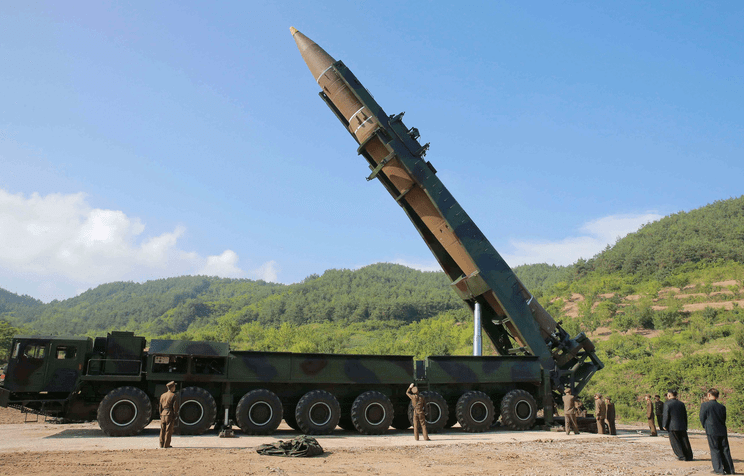
THE Associated Press (AP) this week reported that a barrage of North Korean missiles fired from both the ground and fighter jets splashed down on the waters off the peninsular’s east coast on Tuesday. AP further reports that North Korea also launched several Sukhoi-class fighter jets that fired an unspecified number of air-to-surface missiles toward the North’s eastern waters. According to a South Korean defence official, North Korea seems to be resuming its military drills that it had scaled back due to concerns about the coronavirus pandemic. This, consequently, pushing back the deadlocked denuclearisation negotiations fostered by the United Nations.
How the Military-Industrial Complex Is Using the Coronavirus
Arms industry lobbyists are addressing this pandemic and preparing for the next by pushing weapons sales.
ARTICLE BY: SCOTT WYLAND | santafenewmexican.com
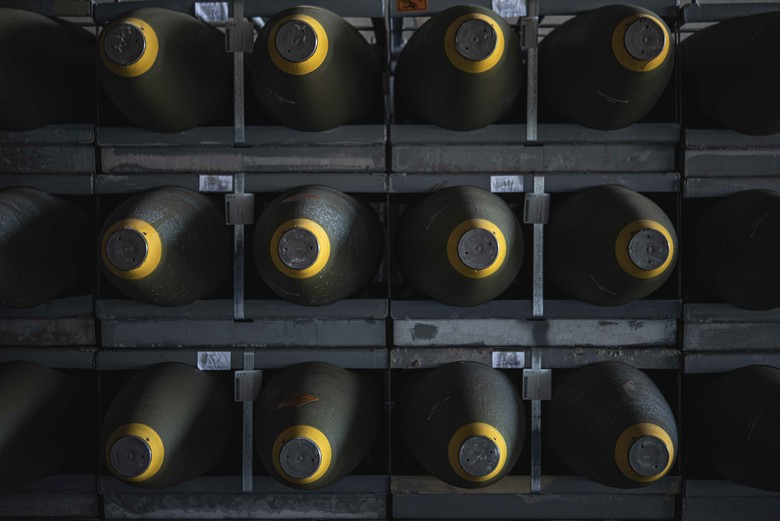
There’s a battle brewing for the future of national security spending.
On one side, there’s a growing bipartisan consensus that the coronavirus has fundamentally changed the way we should think about national security. Ben Rhodes, former deputy national security adviser in the Obama White House, recently argued in The Atlantic that we have to rethink the orientation and priorities of our government, and “it makes no sense that the Pentagon budget is 13 times larger than the entire international-affairs budget, which funds the State Department, USAID, and global programs at other agencies.”
Kori Schake, the director of foreign and defense policy studies at the conservative American Enterprise Institute, said the bottom line is that “we’re going to see enormous downward pressure on defense spending because of other urgent American national needs like health care.”
SFCC, Los Alamos lab join to offer machinist program
BY DILLION MULLIN | santafenewmexican.com
Santa Fe Community College and Los Alamos National Laboratory announced last week a new collaboration to revamp the college’s machinist program.
With the campus providing the latest equipment and curriculum and the lab offering hands-on internships, community college President Becky Rowley said she hopes the first group of students can begin working toward a certificate or associate’s degree in the overhauled program this fall.
Congress Should Hit Pause On The New Intercontinental Ballistic Missile
Within just a few years, the estimated cost of GBSD skyrocketed from $62 billion to $85 billion to $150 billion, and is now likely to be even higher.
ARTICLE BY: MATT KORDA | forbes.com
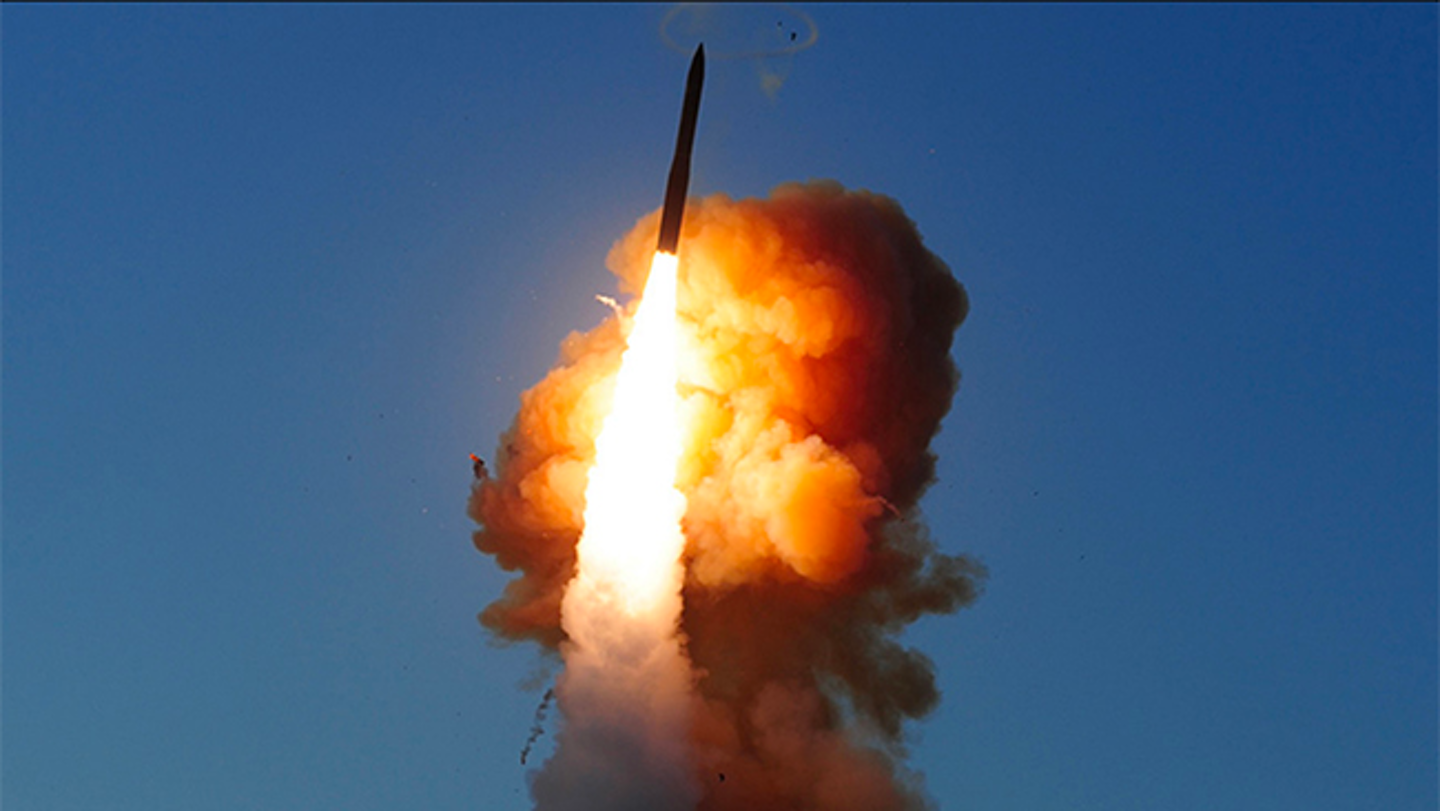 Although the COVID-19 pandemic has caused daily life to grind to a halt, it has had little effect on the military-industrial complex––which, incredibly, appears to be speeding up.
Although the COVID-19 pandemic has caused daily life to grind to a halt, it has had little effect on the military-industrial complex––which, incredibly, appears to be speeding up.
Late last week, the Air Force revealed that it was considering awarding one of its most important contracts––the massive Engineering and Manufacturing Development contract for the next generation of intercontinental ballistic missiles––even earlier than expected, in an attempt to lock the program in as soon as possible.
This news comes only two months after the release of the President’s FY21 budget request, which also raised eyebrows given the dramatic increase to the nuclear weapons budget––and particularly, the tripling of the ICBM budget.
Stalking Chernobyl
Chernobyl is a place of loss and abandonment. The Zone is radioactive. So why do people flock there today? Iara Lee’s fascinating documentary goes with them to find out, and reminds us about life there before the April 26, 1986 nuclear disaster.
ARTICLE BY: LINDA PENTZ GUNTER | beyondnuclear.org
For most of us, Pripyat — the Ukrainian city that has become an iconic symbol of forced abandonment — summons images of drab, Soviet decay. Pripyat is a place of ghastly tower blocks, rusting playgrounds, a deserted Ferris wheel and peeling paint, its workforce trudging like automata to toil at the doomed Chernobyl nuclear power plant just 2.5km away.
But in the opening sequence of Iara Lee’s new documentary — Stalking Chernobyl; exploration after the apocalypse — we see a very different Pripyat, before the April 26, 1986 nuclear disaster. It is a place of singing and roses, swimming pools and picnics, and dancing babushkas.
And then, as someone in the film says, “On April 26, what had once been our pride became our grief.”
The Women Who Told Chernobyl’s Story – And the Charity that Sees Those Consequences First Hand
Three great women writers have done so much to tell the story of Chernobyl. Their focus was not on the accident itself, but its impact on the people of Belarus and Ukraine.
ARTICLE BY: LINDA WALKER | beyondnuclear.org
Alla Yaroshinskaya
When reactor No 4 at the Chernobyl Nuclear Power Plant blew up in the early hours of 26th April 1986, it threw millions of curies of radioactive materials into the air, forming a 2km high plume.
Amongst the most dangerous isotopes it released were iodine 131, caesium 137 and strontium 90.
But according to Alla Yaroshinskaya, a journalist whose tenacity was responsible for revealing much of the subsequent cover-up, the most dangerous substance to escape from the mouth of the reactor did not appear on the periodic table. It was Lie-86, a lie as global as the disaster itself.
Continue reading
Northrop could get $85 billion award to make next-gen ICBMs sooner than expected
Within just a few years, the estimated cost of GBSD skyrocketed from $62 billion to $85 billion to $150 billion, and is now likely to be even higher.
ARTICLE BY: VALERIE INSINNA| defensenews.com
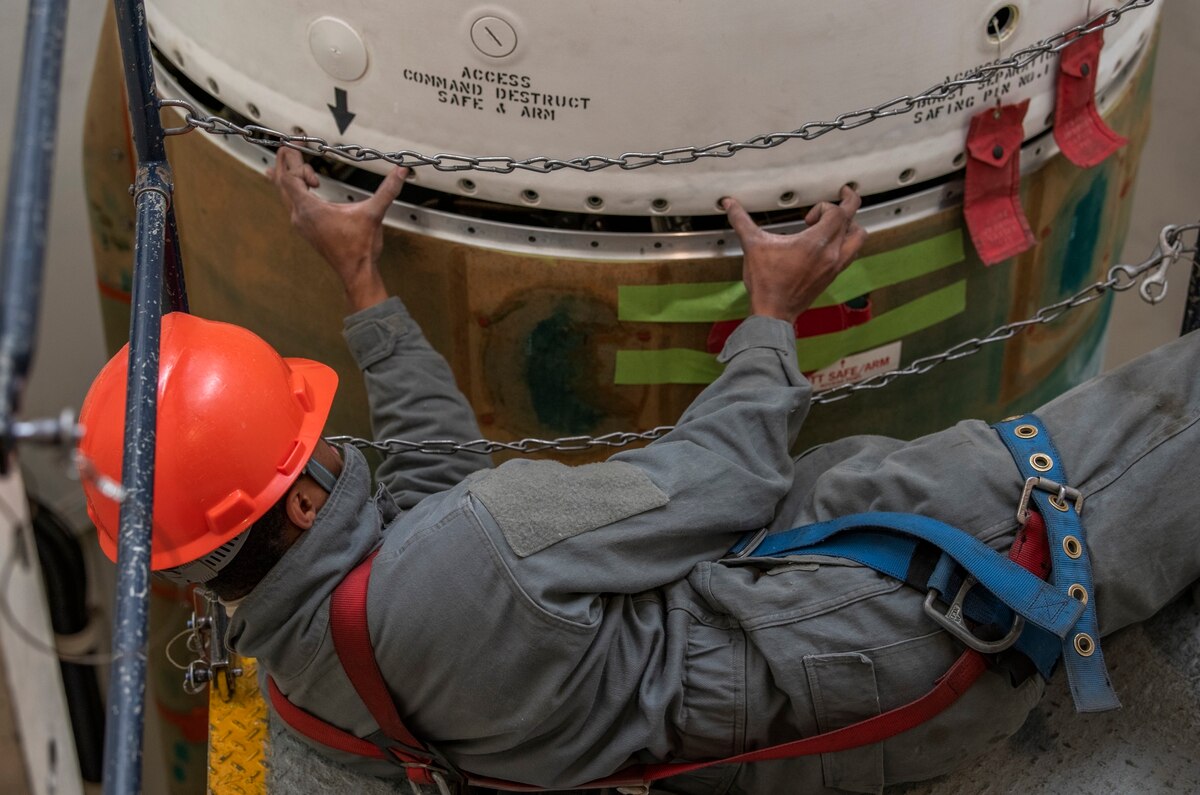
WASHINGTON — An award for the U.S. Air Force’s Ground Based Strategic Deterrent program is slated to be granted by the end of September, but it could happen earlier, the service’s acquisition executive said Thursday.
“I think early award is possible on GBSD,” Will Roper told reporters during a teleconference. “I’m very hopeful, but because GBSD has a large component of classified work, that team is having to go in and maintain workforce in our [sensitive compartmented information facilities] and in our classified spaces. So we’re watching very carefully to make sure the installations are open to allow that work.”
As the sole bidder on the GBSD program, Northrop Grumman is anticipated to win an estimated $85 billion to design and build the Air Force’s next-generation intercontinental ballistic missiles.
Spent Nuclear Fuel from Germany to SRS? Dumping-for-Profit Scheme Drags On & On & Should be Terminated
FOIA Documents Confirm Profiteers Still Pursuing Scheme to Dump Highly Radioactive German Spent Fuel (Graphite “Pebbles”) at SRS – Should be Terminated
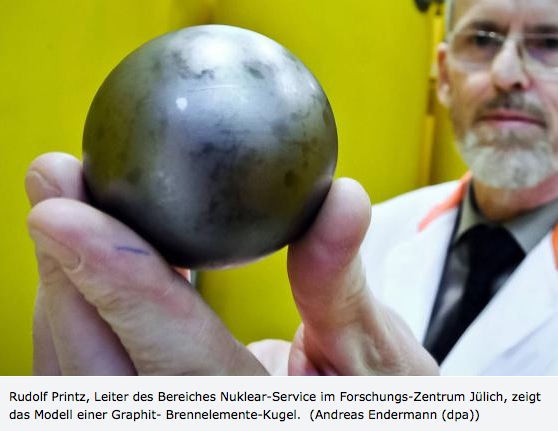 SRS and the German entity Jülicher Entsorgungsgesellschaft für Nuklearanlagen (JEN) are still working on the scheme to import German highly radioactive graphite spent fuel from the Jülich, Germany storage site to SRS for reprocessing and dumping. That this bad idea to import the nuclear waste in large CASTOR casks is continuing has been confirmed in documents obtained by SRS Watch in response to a Freedom of Information Act (FOIA) request received on April 7, 2020.
SRS and the German entity Jülicher Entsorgungsgesellschaft für Nuklearanlagen (JEN) are still working on the scheme to import German highly radioactive graphite spent fuel from the Jülich, Germany storage site to SRS for reprocessing and dumping. That this bad idea to import the nuclear waste in large CASTOR casks is continuing has been confirmed in documents obtained by SRS Watch in response to a Freedom of Information Act (FOIA) request received on April 7, 2020.
SRS Watch first alerted the public in 2013 – at a SRS Citizens Advisory Board meeting – that the US-Germany waste deal was at hand, forcing SRS to admit that was indeed the case. Pursuit of he deal has been dragging on since 2012.
Continue reading
How nuclear forces worldwide are dealing with the coronavirus pandemic
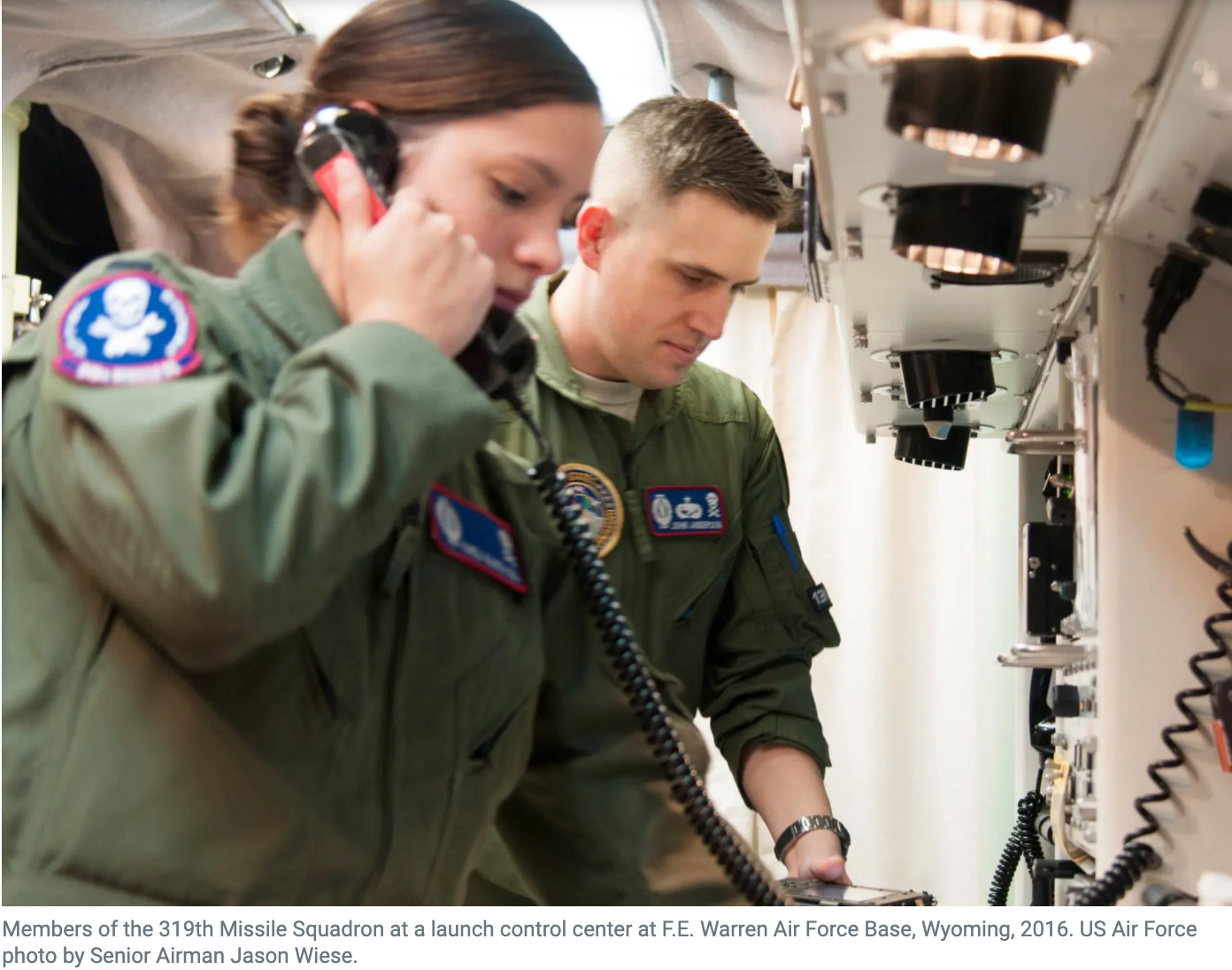
In recent weeks, the coronavirus outbreak has elicited at least a few tone-deaf comments from top US defense officials about the readiness of their nuclear forces. In mid-March, the commander of US Strategic Command, Adm. Charles Richard, reassured his audience that the United States’ nuclear forces had not been adversely affected by the pandemic and that they “remain ready to execute the nation’s strategic deterrence mission.” In effect, Adm. Richard was telling his audience that the United States was still capable of launching a massive nuclear retaliation that would undoubtedly kill millions. Similarly, at the beginning of April, the commander of the US Air Force’s Global Strike Command told Popular Mechanics that, despite the COVID-19 outbreak, “its nukes are still ready to fly.” These officials were apparently oblivious to the notion that, with the pandemic already causing enough fear and dread on its own, now may not be the best time to remind the general public about other ways the world could end.
What the United States loses by quitting the Open Skies treaty, in one chart
Reports emerged this week that the White House may be moving “soon” on withdrawing from the Open Skies treaty, a nearly two-decade-old agreement that allows 34 countries to fly and share reconnaissance missions over each other to promote military cooperation and transparency.

Last month, defense secretary Mark Esper said he was freezing a long-overdue replacement of the aging OC-135B aircraft used for flights under the treaty. “Until we make a final decision on the path forward, I am not prepared to recapitalize aircraft,” Esper told the Senate Armed Services Committee. Although more than 1,500 observation flights have been flown since the treaty took effect in 2002, vocal Republican opponents like Sens. Tom Cotton, Richard Burr, and Ted Cruz claim its benefit is “marginal” because US satellites make aerial imagery unnecessary, and the United States gives up more to its adversaries under the treaty than it gains. Their criticism extends from complaints about the costs of the OC-135B upgrade to protests over Russian compliance with the treaty—specifically, restrictions on missions flown over Kaliningrad and along Russia’s border with Abkhazia and South Ossetia. Cotton and Cruz introduced a resolution calling for withdrawal in October.
NNSA Production Sites Hunker Down Amid COVID-19 Crisis
All but one of the main Department of Energy nuclear weapons production sites have now hunkered down into minimum mission-critical operations because of COVID-19, keeping only the personnel needed to assemble nuclear weapons and components, maintain key infrastructure, or provide security.
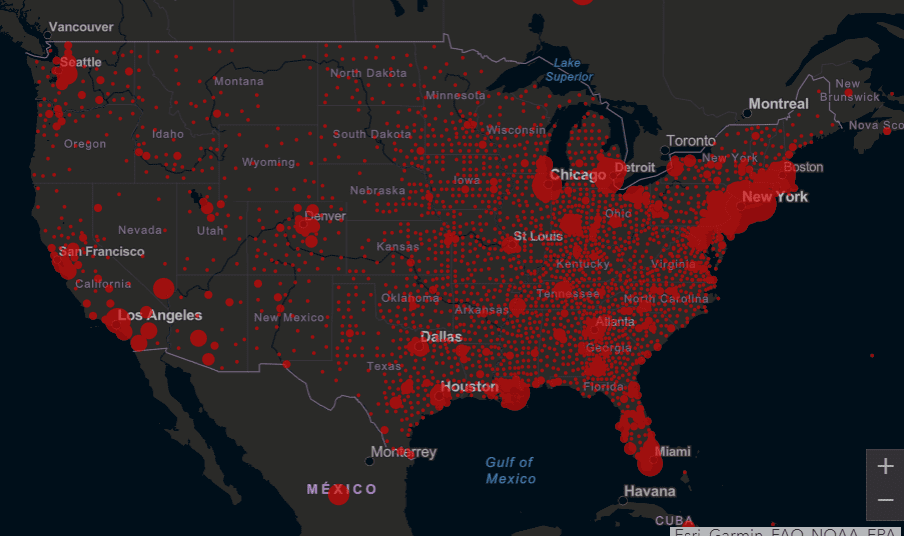
The Pantex Plant in Amarillo, Texas, and the Y-12 National Security Complex in Oak Ridge, Tenn., both announced the switch to minimum mission-critical operations this week, joining the Savannah River Site of Aiken, S.C., which adopted a similar posture late last month.
Only the Kansas City National Security Campus, which sits in the middle of a far worse outbreak than Pantex, Y-12, and Savannah River combined, had not gone down to the minimum mission-critical level of operations. The plant, which makes the non-nuclear parts of nuclear weapons, has reduced the number of people onsite since the outbreak and confirmed its first case of COVID-19 this week, saying Friday an employee “recently tested positive.”
The Coronavirus Can’t Stop America’s Nukes
Relying on a high-state of readiness, the nuclear triad is under threat from the coronavirus. But the head of Global Strike Command tells Popular Mechanics that its nukes are still ready to fly.
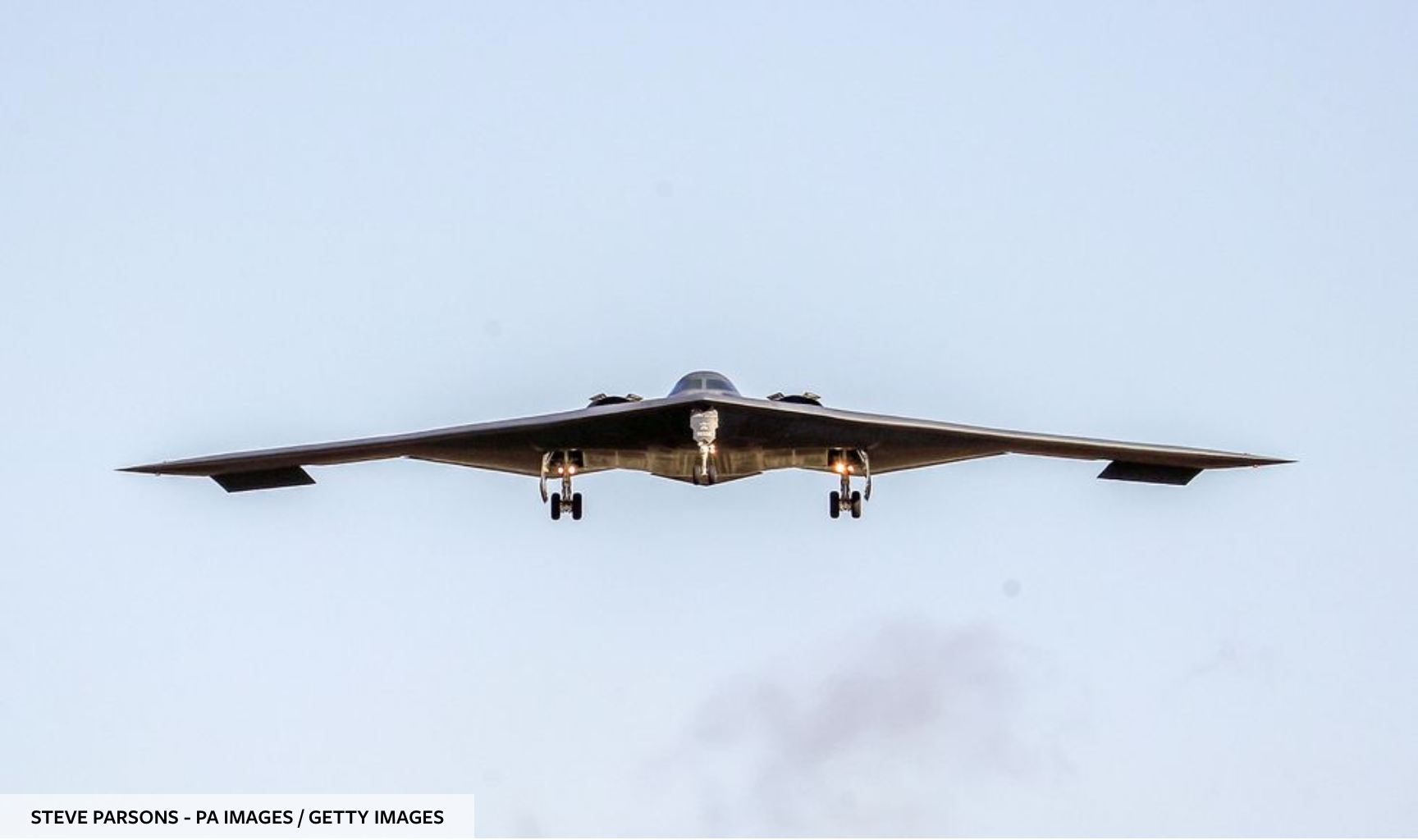
As the world fights against the COVID-19 pandemic, nuclear weapons have taken a backseat in most people’s minds. But for Global Strike Command (AFGSC)—the Air Force unit in control of two of the three legs of America’s nuclear triad—their mission remains top priority.
And it’s an unforgiving business. Nuclear deterrence requires extreme levels of readiness among pilots, maintenance crews, and security teams. Adversaries that don’t think the U.S. can respond with conventional bombing strikes or nukes could be emboldened to act aggressively.
OAK RIDGE ENVIRONMENTAL PEACE ALLIANCE CALLS FOR PUBLIC HEARING ON DOCUMENT ANALYZING HEIGHTENED EARTHQUAKE RISK AT NUCLEAR BOMB PLANT, ASKS FOR EXTENSION OF COMMENT PERIOD DUE TO PANDEMIC
The Oak Ridge Environmental Peace Alliance today filed a formal request with the Department of Energy and the National Nuclear Security Administration seeking an indefinite extension of the comment period and a public hearing on the NNSA’s study of earthquake and accident consequences at the Y-12 Nuclear Weapons Complex in Oak Ridge, Tennessee.
Citing a letter from twenty-two Senators that called for an indefinite extension of public comment periods until such time as the COVID-19 national state of emergency has ended, OREPA asked NNSA Administrator Lisa Gordon-Hagerty and Secretary of Energy Dan Brouilette to recognize the significant disruption in public and private life due to the COVID-19 pandemic and to respond appropriately.
After Decades of Secrets, Rocky Flats Should Still Give Pause
FOR MORE INFORMATION: The rockyflatsambushedgrandjury.com web site offers many Resource Materials in support of The Ambushed Grand Jury non-fiction and profit book about the Rocky Flats criminal investigation and Special Federal Grand Jury investigation, including pictures and videos.
Chernobyl fire: Huge forest blaze moves within one kilometre of abandoned nuclear plant
A forest fire that has raged in Ukraine for more than a week has spread to within a kilometre of the Chernobyl power plant, environmental campaigners have warned.
Footage of the region has shown fires raging through the 30km exclusion zone set up around the site of the worst nuclear disaster in history, with black smoke billowing into the sky as firefighters attempting to beat back the blaze from helicopters.
Lawmakers cry foul as Trump considers retreating from Open Skies Treaty
Supporters of a treaty meant to reduce the risk of accidental war are sounding the alarm President Trump could withdraw from the agreement as the world’s attention is consumed by the coronavirus pandemic.
BY REBECCA KHEEL | thehill.com
The Open Skies Treaty allows the pact’s 35 signatories, including the United States and Russia, to fly unarmed observation flights over each other’s territories with the intention of providing transparency about military activities to avoid miscalculations that could lead to war.
Administration officials insist a review is ongoing as four top Democrats warned this past week that withdrawing “in the midst of a global health crisis is not only shortsighted, but also unconscionable.”
“We are deeply troubled by the Trump administration’s sustained push to withdraw from the Open Skies Treaty and we reject the administration’s arguments for pursuing withdrawal,”
Continue reading
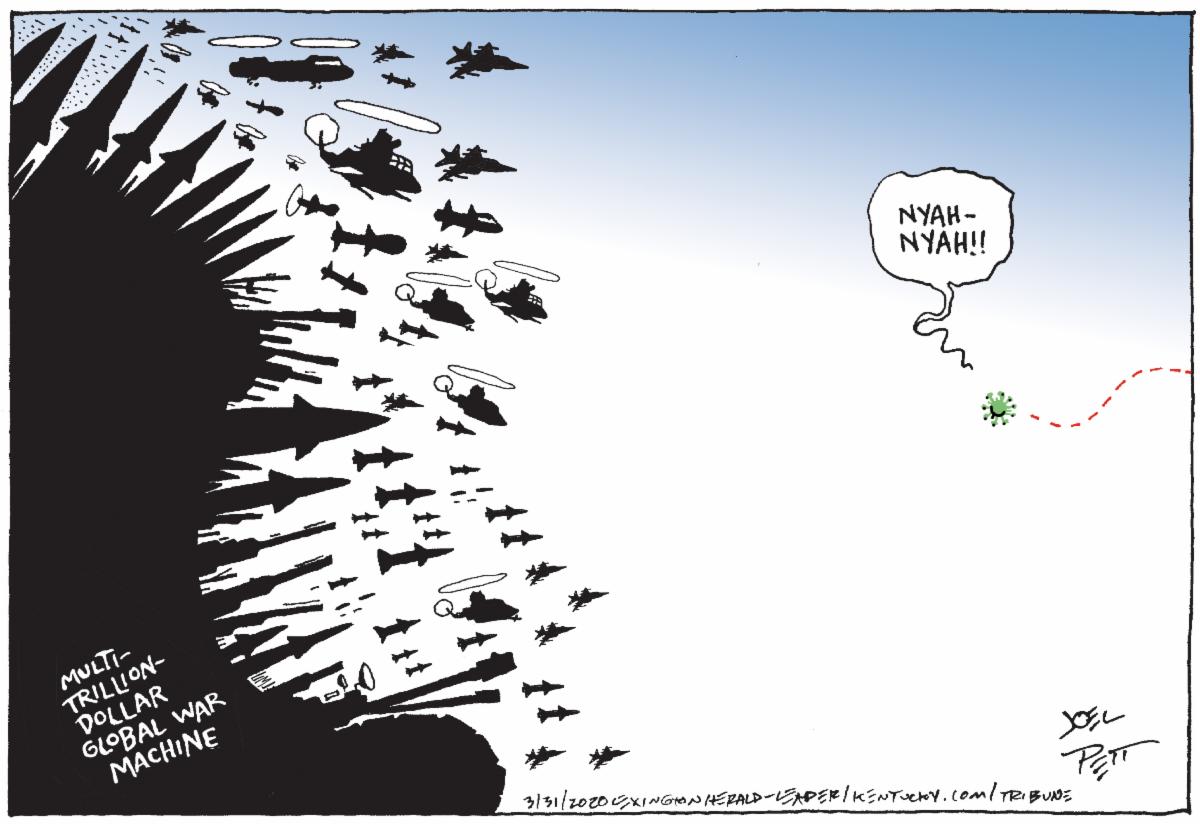
Researchers Find Plutonium Particles in Soil Near Rocky Flats
“Researchers from Northern Arizona University (NAU) found extensive plutonium “hot” particles in soil near the former Rocky Flats nuclear site. Particles this size can be inhaled and lodged in lung tissue, increasing risk of radioactive exposure from inhalation.”
ARTICLE BY: KEELY SUGDEN | kdvr.com
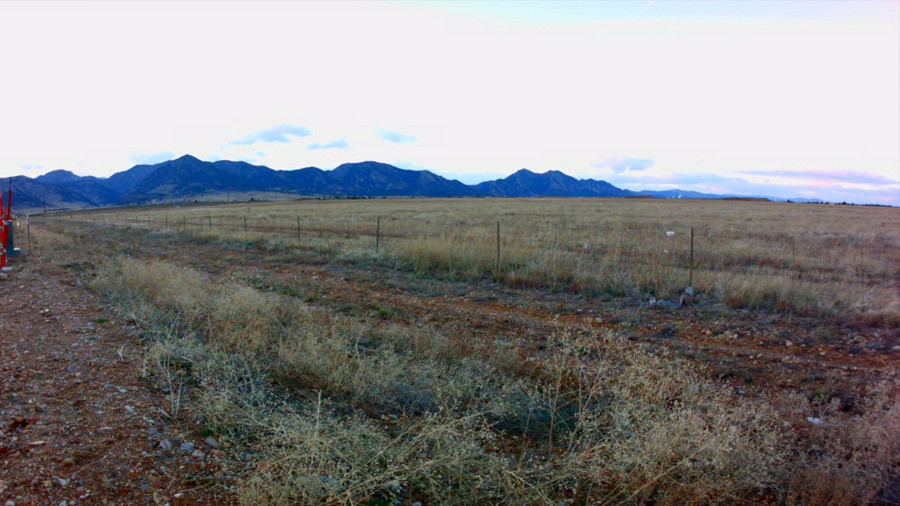
DENVER (KDVR) – Researchers Michael Ketterer and Scott Szechenyi from (NAU) concluded, “These particles are found to be pervasive in non-US Government land east of Rocky Flats, and it is reasonable to believe that ongoing wind transport is continuing to spread the contamination across open space used by the public, and toward residential areas.”
Surface soil was collected from the Jefferson County right-of-way property immediately west of Indiana Street in 2019.
NEW OAK RIDGE EARTHQUAKE RISK ANALYSIS SAYS PUBLIC SAFETY RISK IS TEN TIMES GREATER THAN PREVIOUS ESTIMATES
OREPA CALLS FOR PUBLIC HEARING: “WE HAVE A RIGHT TO BE INFORMED AND CONSULTED ABOUT THE RISKS.”
The third time is proving far from charming for the government’s plan to continue making nuclear bomb parts in Oak Ridge. The National Nuclear Security Administration this week released its third Supplement Analysis [SA] for the Y-12 Nuclear Weapons Complex. Buried on page 31 of the report is the finding that the consequences of a worst-case scenario are ten times greater under the current plan than previously disclosed in the 2011 Site-Wide Environmental Impact Statement.
Air Force Wants to Add More Long-Range Bombers to its Inventory
“The Air Force has been looking to improve its fleet by purchasing the upcoming B-21 Raider and modernizing the Boeing B-52 Stratofortress.” The Air Force has classified the costs of the B21 heavy bomber. Among other armaments, it will carry theW80-4 Long Range Stand Off nuclear warhead.
ARTICLE BY: CONNIE LEE | nationaldefensemagazine.org
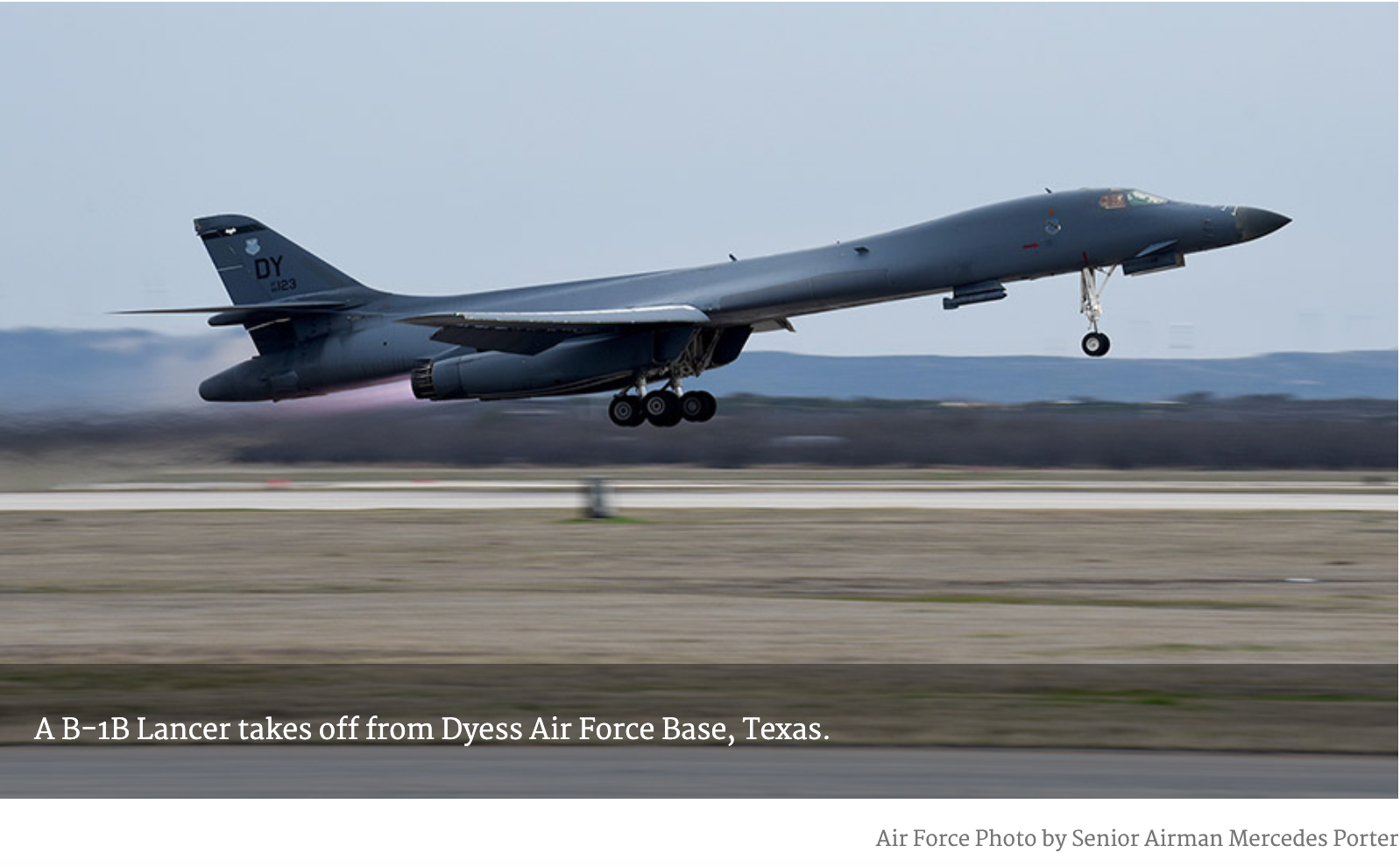
The Air Force wants “just north” of 220 long-range bombers in its inventory by 2040, a service official said April 9.
Previously, the service said it wanted 175 aircraft in the current fleet, but “that was a programmatically derived approach,” Gen. Timothy Ray, head of Air Force Global Strike Command, told reporters during a call with reporters.
Udall Leads Senate Democrats In Urging Trump Administration to Indefinitely Extend Public Comment Periods and Pause Unrelated Federal Rulemakings During COVID-19 Pandemic Emergency
Trump administration is continuing controversial rulemakings that affect public health and safety – while the COVID-19 pandemic prevents Americans from weighing in on national policymaking process and necessary Tribal consultation
WASHINGTON—Today, U.S. Senator Tom Udall (D-N.M.) and 21 Senate Democrats sent a letter to Acting Director of the U.S. Office of Management and Budget (OMB) Russell Vought, calling on the executive branch to protect Americans’ right to participate in the democratic policy-making process, at a time when millions are worried about their and their loved ones’ health, safety and economic security and are unable to fully participate in the public comment process.
The senators requested that OMB indefinitely extend existing public comment periods and hearings until the public can safely gather after the dangers of the COVID-19 pandemic have passed.
LANL postpones radioactive vapor release because of COVID-19
“We’re pleased that LANL is postponing its massive radioactive tritium release, particularly as northern New Mexico braces for the coronavirus pandemic,” Jay Coghlan, executive director of Nuclear Watch New Mexico, said in a statement. “But postponement is not the answer. Since tritium decays so rapidly into harmless helium the lab should simply sit on it instead of putting the population at risk.”
ARTICLE BY: SCOTT WYLAND | santafenewmexican.com
Los Alamos National Laboratory will indefinitely postpone a project that would release radioactive vapors into the atmosphere because staff needed for the task are working from home during the COVID-19 pandemic.
The lab had planned to ventilate four containers of tritium-tainted waste April 17 to relieve built-up radioactive hydrogen in the barrels’ headspace to prevent them from rupturing while they are being handled or shipped. The U.S. Environmental Protection Agency approved the application for the radioactive release last year.
Coronavirus pandemic could delay Pentagon spending, policy bill, HASC chairman says
Rep. Adam Smith says widespread testing will play a major role in getting people back to work
ARTICLE BY: COREY DICKSTEIN | STARS AND STRIPES stripes.com
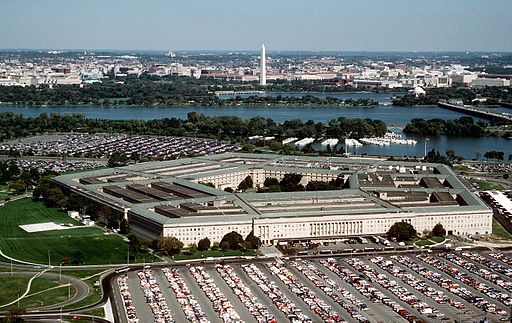 WASHINGTON — The coronavirus pandemic could delay federal funding bills, including the annual Pentagon spending and policy law, if the outbreak continues to paralyze American life into the summer months, a top House lawmaker on defense issues said Tuesday.
WASHINGTON — The coronavirus pandemic could delay federal funding bills, including the annual Pentagon spending and policy law, if the outbreak continues to paralyze American life into the summer months, a top House lawmaker on defense issues said Tuesday.
Rep. Adam Smith, D-Wash., told reporters that House Armed Services Committee members and staffers were moving forward in an effort to ready drafts of the 2021 National Defense Authorization Act by May 1. But with no end in sight to the pandemic and with most lawmakers at their homes across the nation, he worries about the Sept. 30 deadline for an on-time bill.
Continue reading
Coronavirus response to take priority in NDAA, House Armed Services chairman says
Rep. Adam Smith says widespread testing will play a major role in getting people back to work
ARTICLE BY: ANDREW CLEVENGER | rollcall.com
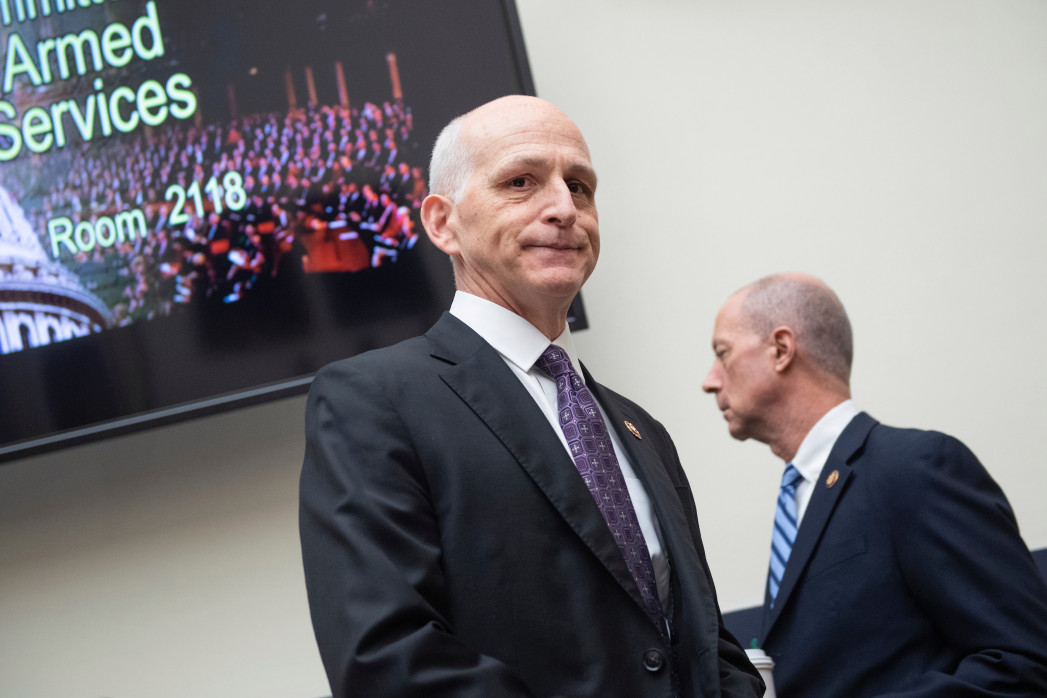
Ramping up production of testing materials for COVID-19 will be a top priority for this year’s annual defense policy bill, the chairman of the House Armed Services Committee said Tuesday.
Widespread testing will play a major role in getting people back to work, Washington Democrat Adam Smith told reporters during a press call. And some components of testing, like swabs, are already in short supply.
The Defense Department, Smith said, has a lot of experience and expertise in logistics and contracting and could lead government efforts to ensure the availability of extensive testing.
The Nuns, The Priests, and The Bombs
Nuclear disarmament activists challenge the security and legality of America’s nuclear weapons when they break into two top-secret facilities: The “Fort Knox of Uranium” and a U.S. Navy Trident nuclear submarine base.
Are they criminals or prophets sending a wake-up call to the world?
Russia’s nuclear workers isolated onsite as coronavirus spreads
Workers at Russia’s nuclear power plants will be isolated from the general public and required to live in onsite clinics at their respective stations as nuclear authorities tighten their response to the coronavirus after a number of industry infections.
BY CHARLES DIGGS | bellona.org
The order came Tuesday from Rosenergoatom, Russia’s nuclear utility, and specified that both primary and back up crews of nuclear technicians, who “facilitate process continuity” would now be required check in to dispensaries at their plants, where they would be provided with daily living essentials and isolated from outside contact.
Cleanup of U.S. Nuclear Waste Takes Back Seat as Virus Spreads
“The coronavirus pandemic demonstrates why we should get cleanup done once and for all,” said Jay Coghlan, executive director of Nuclear Watch New Mexico. “What we do as humans ebbs and flows with history, but the radioactive and toxic wastes that we leave behind last longer than our recorded history. We should be acting now.”
ARTICLE BY: SUSAN MONTOYA BRIAN | santafenewmexican.com
The U.S. government’s efforts to clean up Cold War-era waste from nuclear research and bomb making at federal sites around the country has lumbered along for decades, often at a pace that watchdogs and other critics say threatens public health and the environment.
Now, fallout from the global coronavirus pandemic is resulting in more challenges as the nation’s only underground repository for nuclear waste finished ramping down operations Wednesday to keep workers safe.
Trump Administration Determined to Exit Treaty Reducing Risk of War
Mike Pompeo and Mark Esper agreed to proceed with US withdrawal of Open Skies Treaty despite pandemic, sources say
ARTICLE BY: JULIAN BORGER | theguardian.com
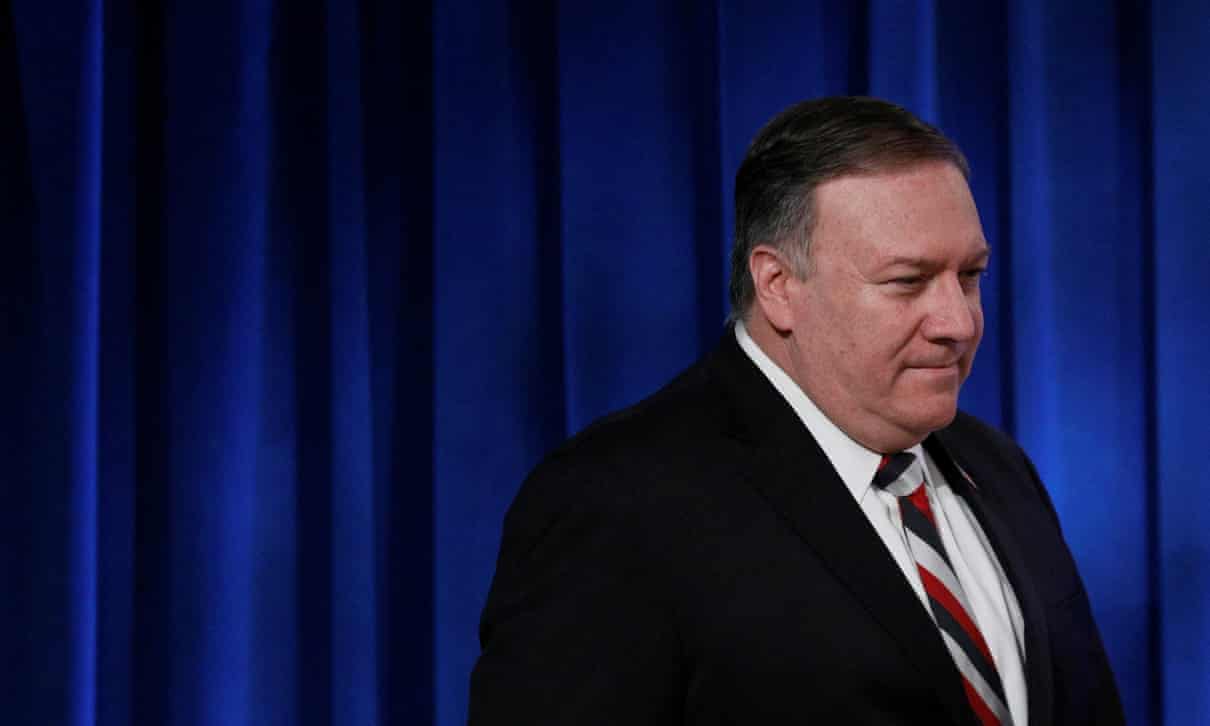
The Trump administration is determined to withdraw from a 28-year-old treaty intended to reduce the risk of an accidental war between the west and Russia by allowing reconnaissance flights over each other’s territory.
Despite the coronavirus pandemic, which has put off a full national security council (NSC) meeting on the Open Skies Treaty (OST), the secretary of defence, Mark Esper, and secretary of state, Mike Pompeo, have agreed to proceed with a US exit, according to two sources familiar with administration planning.
Gorbachev: Time to Revise the Entire Global Agenda
An Interview with Mikhail Gorbachev, World BEYOND War, April 5, 2020 | worldbeyondwar.org
Q: How did you take the news of the pandemic?
A: I think I took it the way most people did. Initially, there was hope that it could be controlled, localized. But things took a very different turn and the epidemic spread far and wide. Unprecedented measures and decisions became necessary. Leaders, citizens and international organizations found themselves in an extremely difficult situation. All of this will have to be thoroughly analyzed, but the priority now is to take things in hand and defeat this new, vicious enemy.
Advocates raise questions about proposal to allow some nuclear waste to be disposed in landfills
“I find it just astonishing that they would do that in the midst of the coronavirus pandemic. How the NRC can look themselves in the mirror to propose massive deregulation and do it in the midst of the pandemic, I find it just ethically shocking.” — Dan Hirsch, former director of the University of California, Santa Cruz’s Program on Environmental and Nuclear Policy
ARTICLE BY RACHEL FRAZIN | thehill.com
Scientists and advocates are raising concerns about a proposed relaxation on regulations for disposing of nuclear waste, saying that the government should halt the proposal as the scientific community focuses on the coronavirus.
A March 6 Nuclear Regulatory Commission (NRC) proposal would allow for the disposal of some nuclear waste in municipal landfills, rather than a licensed facility.
Advocates say the proposal could put public health at risk, pushing the NRC to give the public more time to weigh in.
NRC Proposes Allowing Nuclear Waste at Dumps, Recycling Sites
“Diane D’Arrigo, radioactive waste project director for the Nuclear Information and Resource Service, says the change would allow the industry to dispose of any waste other than irradiated fuel at landfills. That includes concrete, soil, clothing or any material where radiation still exists.”
ARTICLE FROM publicnewsservice.org
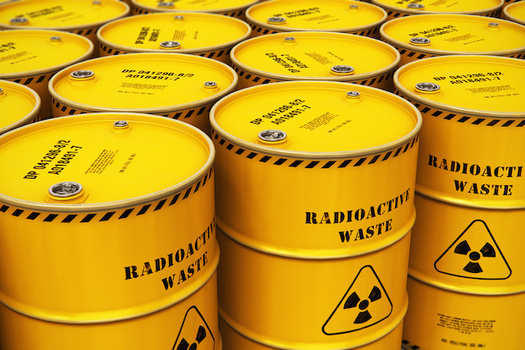
BOISE, Idaho — The Nuclear Regulatory Commission may change its rules to allow the nuclear industry to dump some of its waste in landfills.
Opponents say the change poses a public health risk and would allow waste to go unmonitored.
The proposal would enable the NRC to reinterpret the meaning of low-level radioactive waste so that it could be accepted at dumps and hazardous waste sites, rather than regulated storage facilities.
Why should NM store nation’s nuclear waste?
ARTICLE BY: LAURA WATCHEMPINO | MULTICULTURAL ALLIANCE FOR A SAFE ENVIRONMENT, PUEBLO OF ACOMA
If the Nuclear Regulatory Commission’s conclusion that it’s safe to move spent nuclear fuel from nuclear power plants across the country to a proposed storage facility in Lea County sounds vanilla-coated, it’s because the draft environmental impact statement for a Consolidated Interim Storage Facility submitted by Holtec International did not address how the casks containing the spent fuel would be transported to New Mexico.
LANL Tritium Ventilation Project On Hold Due To COVID-19, Scope Of Work Amended To Include Possible Secondary Venting
ARTICLE BY: MAIRE O’NEILL | losalamosreporter.com
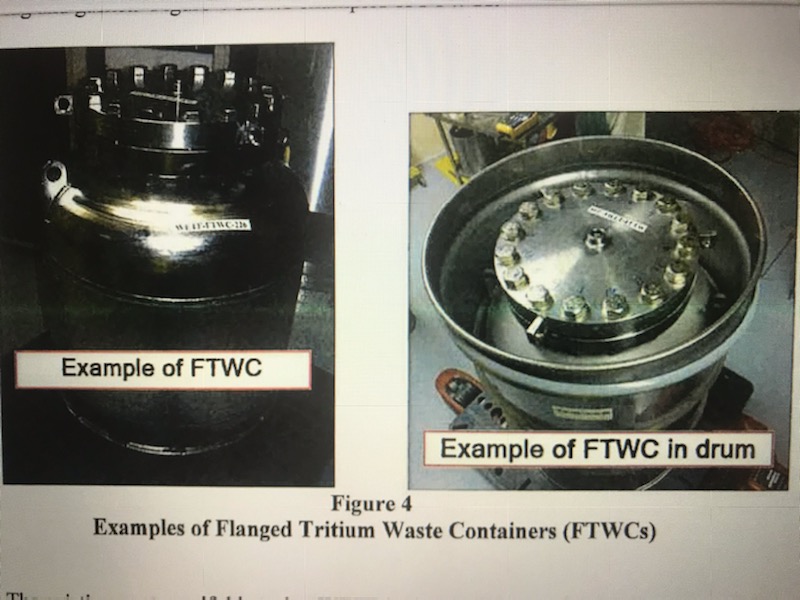
Los Alamos National Laboratory has notified the Environmental Protection Agency that plans for venting four flanged tritium waste containers (FTWCs) at Technical Area 54 have been finalized with an amended scope of work. However, according to NNSA Los Alamos Field Office spokesperson Toni Chiri, the operations, originally slated for this month, have been postponed due to COVID -19 and won’t be executed until the Laboratory is able to support the activity with a full complement of operational personnel.
Covid-19 is Killing Off Our Traditional Notions of National Defense
“It never made any sense, as Trump’s 2021 budget had initially proposed, to increase spending on nuclear weapons by $7 billion while cutting Centers for Disease Control and Prevention funding by $1.2 billion.”
I have always been a strong supporter of the U.S. armed forces, because I believe they are needed to safeguard our freedom and prosperity in a dangerous world. But even hawks like me cannot be blind to the prevalence of “black swan” events in the past 20 years.
Nuclear News Archives – 2021
Nothing Found
It seems we can’t find what you’re looking for. Perhaps searching can help.


